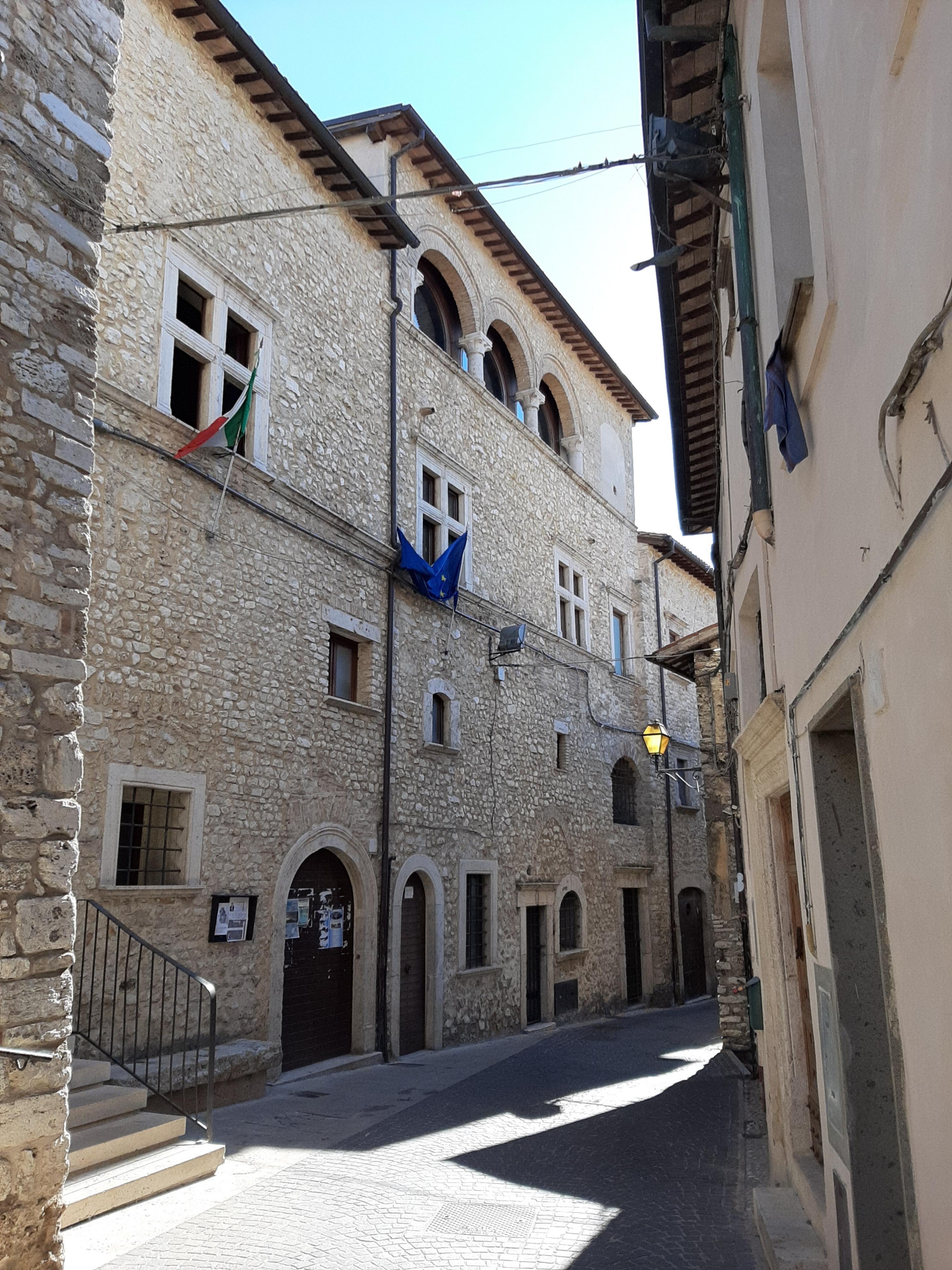Featured image

Visit area
Points of interest composing this visit
Ugo Forno’s Railway Bridge
Description
In Prati Fiscali, a Northern Rome’s neighbourhood, where via Salaria begins its non-urban segment, lies an iron railway bridge dedicated to the memory of Ugo Forno, a partisan student killed by the German army during Rome’s resistance.
It was 5 June 1994, the American troops had just entered Rome coming from via Prenestina and “Ughetto”, as he was known in his home neighbourhood, Nemorense, has just turned 12.
“Endowed with a ready and quick intelligence and with self-respect, he has gained very good results. He is happy if he can demonstrate that he knows. Full of good will, slightly restless, but good-hearted and generous”. So reads the school report his teachers wrote in his second grade, class B, of “Luigi Settembrini” Junior high school in via Sebenico, while admitting him to the third grade.
Ughetto had come to know that some German soldiers were to blow up a railway bridge just off piazza Vescovio, in order to hinder connections and delay the Allies’ arrival. The bridge had a strategic role, as it was the only one with two lanes and it connected the city with the Littorio Airport, as the Urbe Airport was named at the time.
Few days before, the boy had per chance found some weapons, an old rifle and two rocket launchers, and had hidden them, waiting for the right moment for using them.
The occasion arrived a morning of June, when more or less ten German soldiers put explosive packs under the bridge’s archways. Ughetto and his five companions decided it was the right moment to attack and fired against the troopers, who had to seek a refuge, thus abandoning their sabotage. The bridge was saved, but the German soldiers had a mortar and thereby they fired three shots against the boys. The first killed Francesco Guidi, the second seriously injured other two companions, Luciano Curzi and Sandro Fornari, the splinters of the third got Ughetto right in the chest and the head.
This boy, slightly restless, but good-hearted and generous, was thus the last unlucky victim of Rome’s resistance and lost his life just a few hours before the city was finally set free.
It was 5 June 1994, the American troops had just entered Rome coming from via Prenestina and “Ughetto”, as he was known in his home neighbourhood, Nemorense, has just turned 12.
“Endowed with a ready and quick intelligence and with self-respect, he has gained very good results. He is happy if he can demonstrate that he knows. Full of good will, slightly restless, but good-hearted and generous”. So reads the school report his teachers wrote in his second grade, class B, of “Luigi Settembrini” Junior high school in via Sebenico, while admitting him to the third grade.
Ughetto had come to know that some German soldiers were to blow up a railway bridge just off piazza Vescovio, in order to hinder connections and delay the Allies’ arrival. The bridge had a strategic role, as it was the only one with two lanes and it connected the city with the Littorio Airport, as the Urbe Airport was named at the time.
Few days before, the boy had per chance found some weapons, an old rifle and two rocket launchers, and had hidden them, waiting for the right moment for using them.
The occasion arrived a morning of June, when more or less ten German soldiers put explosive packs under the bridge’s archways. Ughetto and his five companions decided it was the right moment to attack and fired against the troopers, who had to seek a refuge, thus abandoning their sabotage. The bridge was saved, but the German soldiers had a mortar and thereby they fired three shots against the boys. The first killed Francesco Guidi, the second seriously injured other two companions, Luciano Curzi and Sandro Fornari, the splinters of the third got Ughetto right in the chest and the head.
This boy, slightly restless, but good-hearted and generous, was thus the last unlucky victim of Rome’s resistance and lost his life just a few hours before the city was finally set free.
GPS coordinates
Image(s)
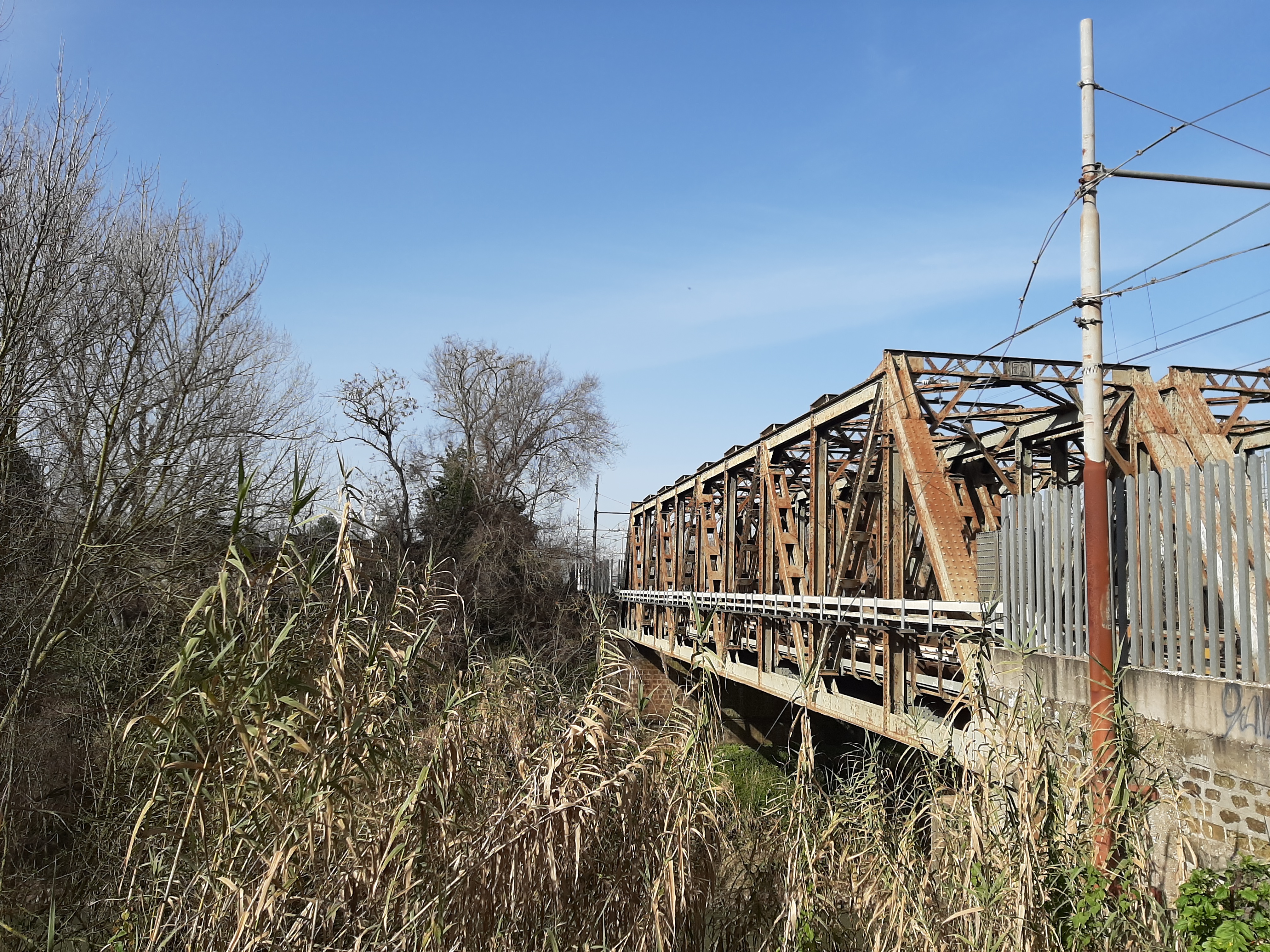
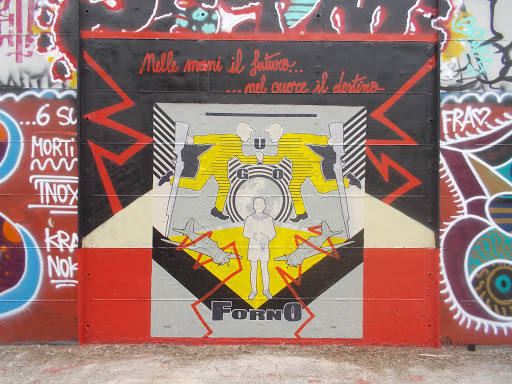
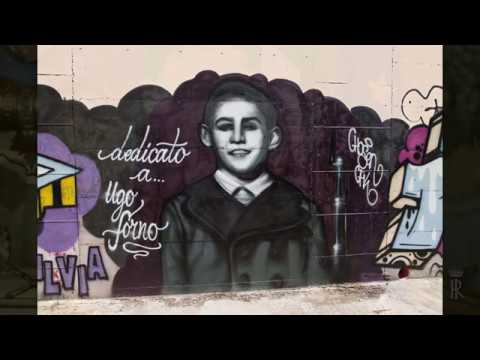
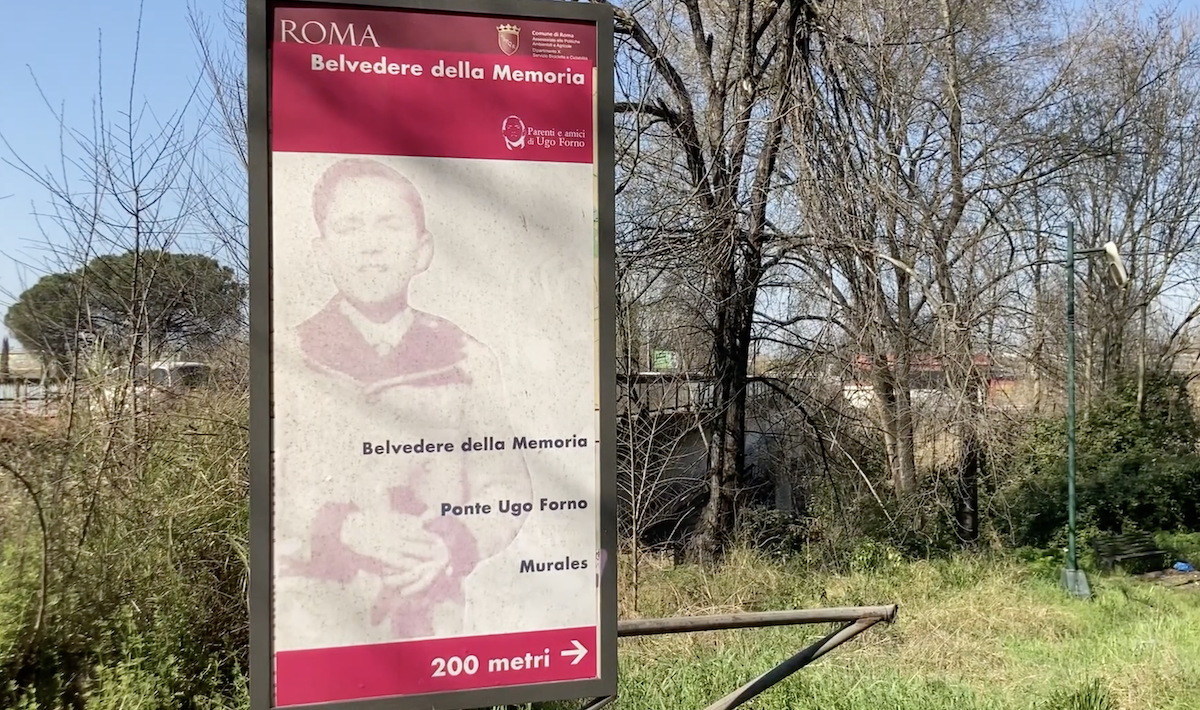
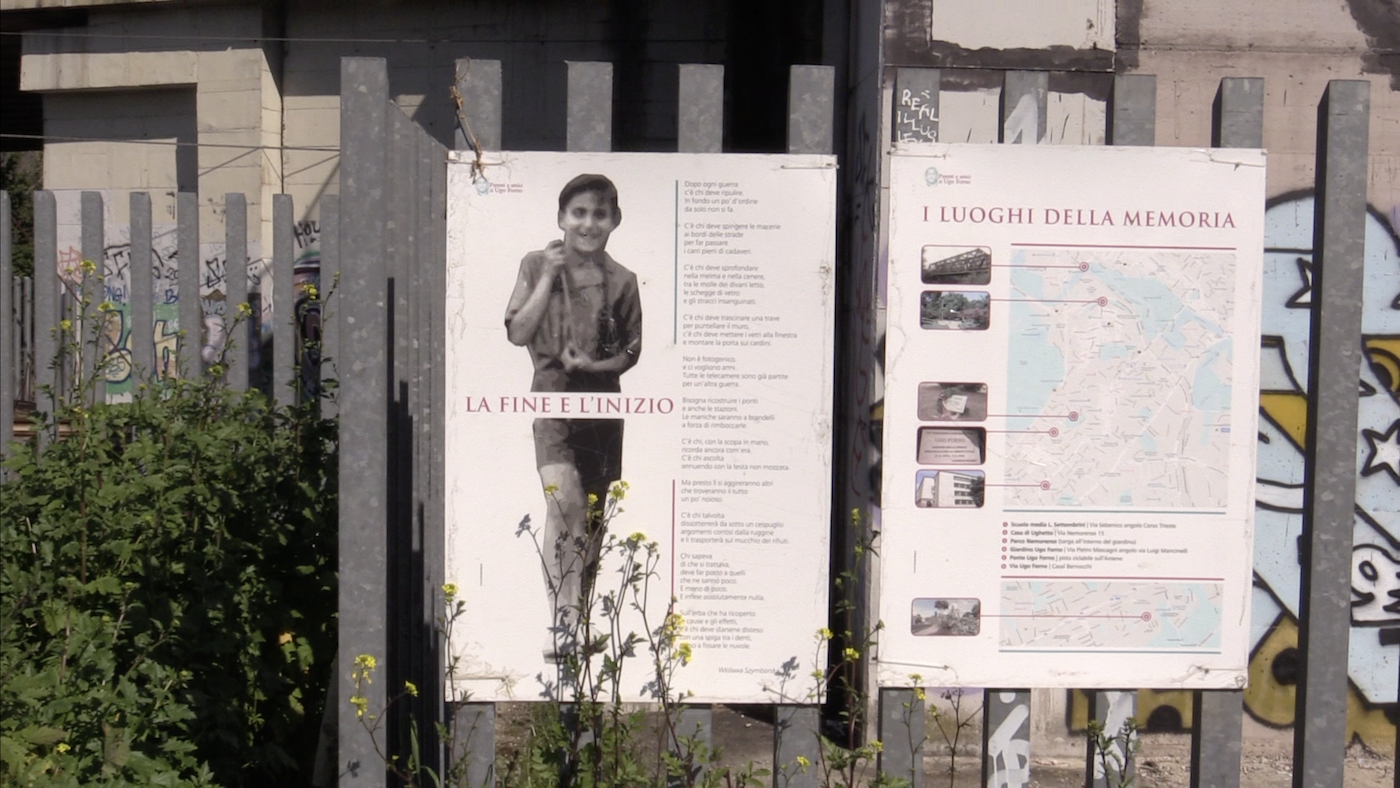
Featured video
Video caption
Video credits: Domenico Nucera. Music Credits: https://www.bensound.com/royalty-free-music
Torre Salaria’s tavern
Description
Following Goethe’s footsteps, many were the artists who sojourned in Rome between 1700 and 1800. The time spent in Rome was part of the long education travel, recommended to any young intellectual belonging to a good family, who wanted to practice the arts and learn from the classic examples and from the landscapes of the Roman countryside. But the life of these young foreigners was not entirely devoted to studying.
Many were members of the Ponte Mollo Society which, until the half of the 19th century, organised the recreational activities of the Northern artists, including banquets, bals masqués, merry processions and cheerful trips to the countryside where tableaux vivants were organised and friendly portraits competitions.
One of the most beloved goals of this company was a peculiar tavern, which occupied a farmhouse attached to the Salaria Tower. This strange construction was likely born as a Roman tomb; some elements thereof, together with stones from the ancient via Salaria, were employed for the construction of a watchtower around which the farmhouse was built and then the tavern.
The Artists’ festival was held right here by the Ponte Mollo Society. A strange parade in disguise left Porta Maggiore to reach the Salario bridge where, after a rich banquet, the participants played games and comradery challenges, called “the Olympics”; the eccentricities of such gatherings were such that the event was forbidden for several years by the Pope’s government. The party opened the spring season and was meant as a way of thanking the Roman countryside that the artists saw as their muse inspiring their works.
The Tower, once a landmark of the beginning of the country, is today besieged by modern constructions, yet it remains a very peculiar building, easy to detect in the northern neighborhood of Rome.
Many were members of the Ponte Mollo Society which, until the half of the 19th century, organised the recreational activities of the Northern artists, including banquets, bals masqués, merry processions and cheerful trips to the countryside where tableaux vivants were organised and friendly portraits competitions.
One of the most beloved goals of this company was a peculiar tavern, which occupied a farmhouse attached to the Salaria Tower. This strange construction was likely born as a Roman tomb; some elements thereof, together with stones from the ancient via Salaria, were employed for the construction of a watchtower around which the farmhouse was built and then the tavern.
The Artists’ festival was held right here by the Ponte Mollo Society. A strange parade in disguise left Porta Maggiore to reach the Salario bridge where, after a rich banquet, the participants played games and comradery challenges, called “the Olympics”; the eccentricities of such gatherings were such that the event was forbidden for several years by the Pope’s government. The party opened the spring season and was meant as a way of thanking the Roman countryside that the artists saw as their muse inspiring their works.
The Tower, once a landmark of the beginning of the country, is today besieged by modern constructions, yet it remains a very peculiar building, easy to detect in the northern neighborhood of Rome.
GPS coordinates
Image(s)
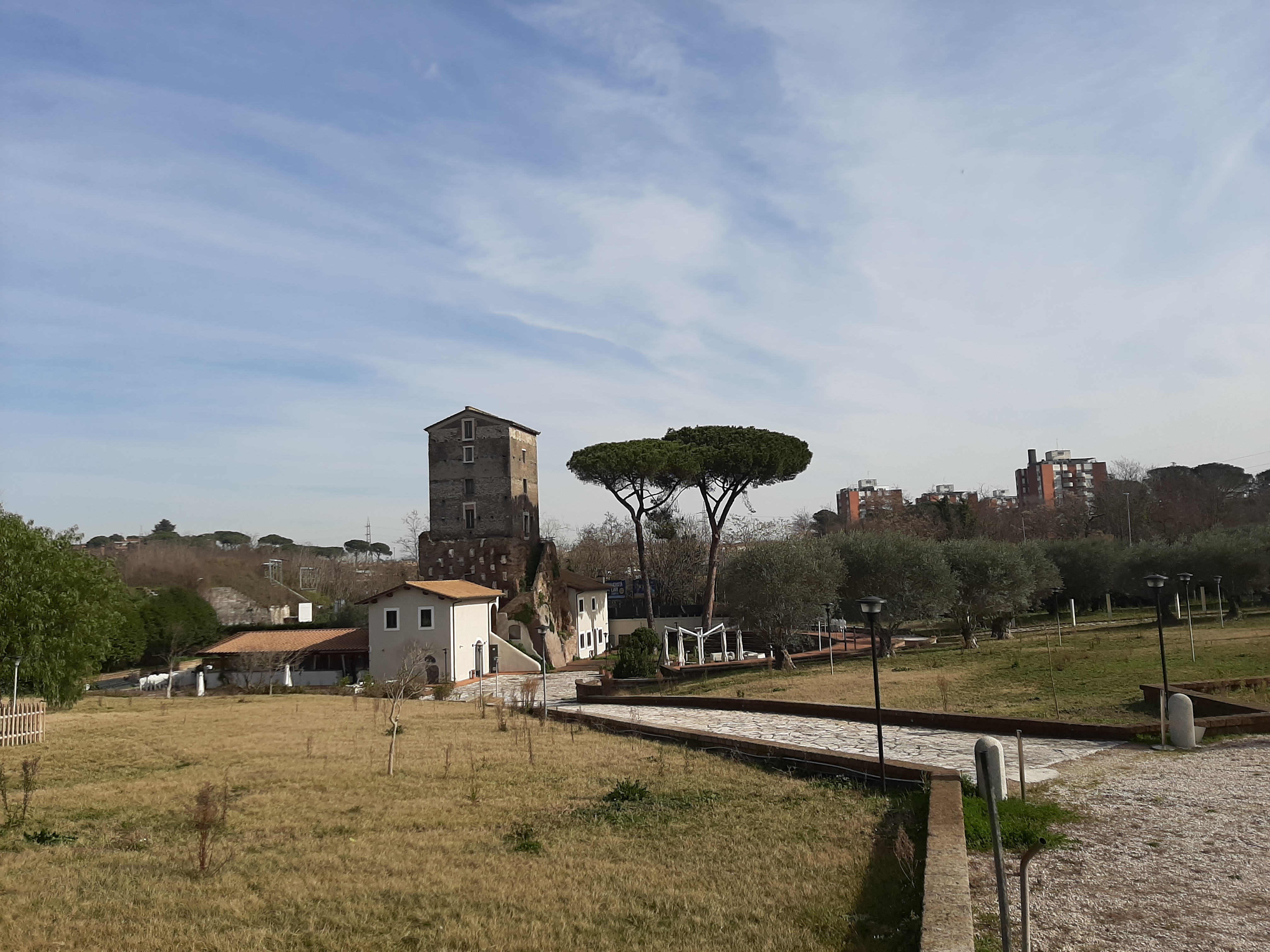
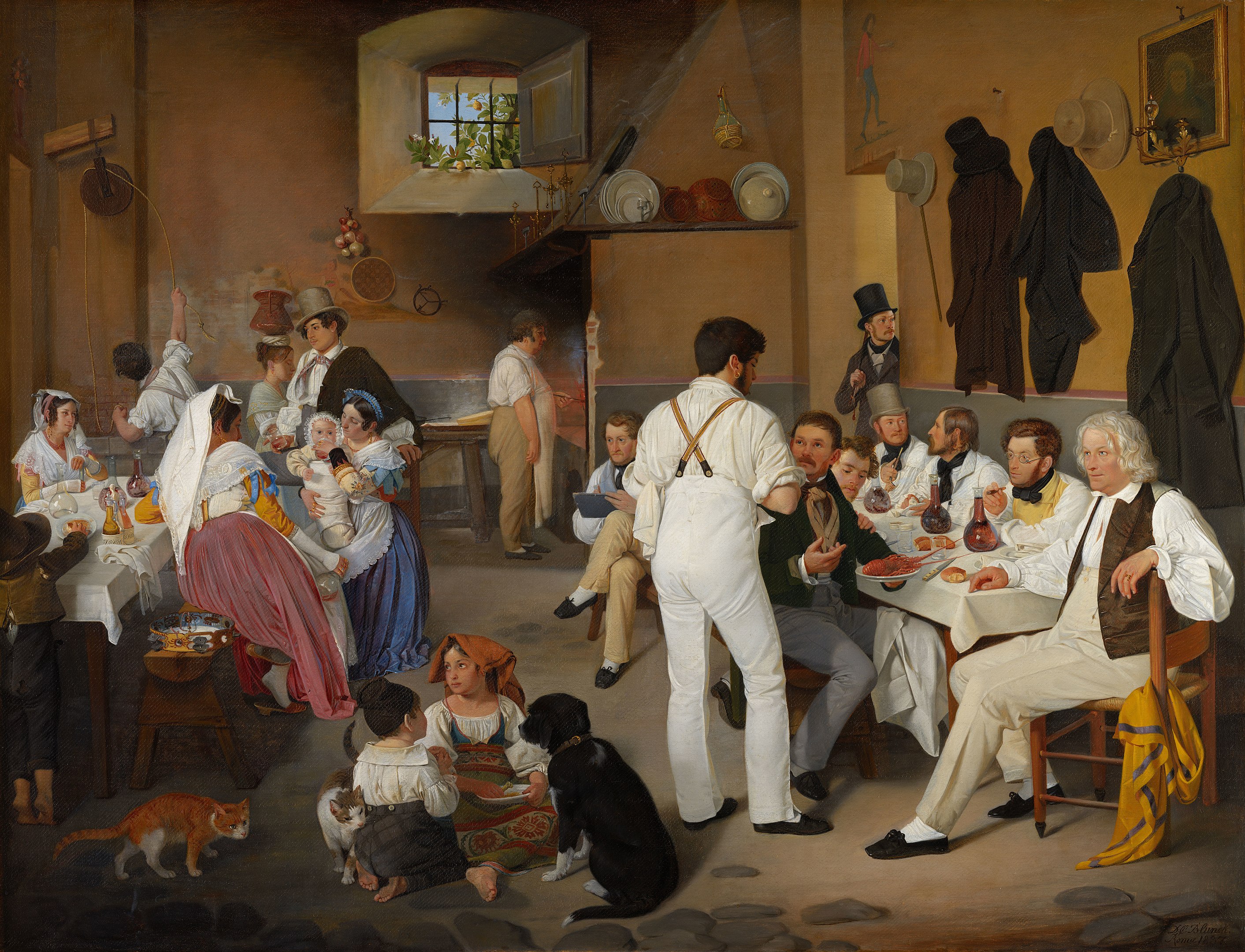



Featured video
Video caption
Video credits: Domenico Nucera. Music Credits: https://www.bensound.com/royalty-free-music
Marcigliana’s reserve and residence
Description
The Natural Reserve of Marcigliana lies in a situation that is quite atypical for big cities, but which is instead quite common in Rome, right on the administrative border of Rome’s city council; it consists of a large green area delimited by Tiber, Bufalotta and, on the northern side, by Rio Casale, a small stream whose path coincides with the city’s limit.
The Reserve embraces a territory which seems to have remained the same throughout history, with sparse inhabitants, some agriculture and breeding farms. Recent excavations confirmed people have populated this area since the Paleolithic era and the development of a Latin village, Crustumerium, which controlled the trade and traffic along the main roads Salaria and Nomentana.
With the fall of the Roman Empire, this land enters among the Church’s belongings and during the Middle Ages the first structures were built and most of them, although changed, transformed or ruined are still part of the Reserve’s landscape.
The Marcigliana residence which can be seen through its gate dates back to the 1930s. It is a big architectural complex, whose history is still not completely clear, which supposedly hosted a college and later a female orphanage, due to the impulse of Senator Carlo Scotti, who was responsible of other charitable projects, such as the institute for motherhood care Regina Elena in Rome.
The building, now inaccessible and derelict, is in via santa Bartolomea Capitanio, a saint devoted to the care of needy girls.
Inside and in the surrounding of the former orphanage scenes were shot of “The new monsters”, a movie with Alberto Sordi, and of “The Hunchbacked’s Gang”. In this feature film the building is presented as a mental asylum: in a scene we see the entrance gate on top of which lies the sign “Santa Maria della Pietà”, the name of the well-known Rome’s asylum which sits in a different part of town. Apparently from the 1970s the construction hosted a geriatric institute until its closure.
The wrong identification of the building with Rome’s mental asylum might have contributed to the creation of an aura of mystery and legend. Santa Maria della Pietà della Marcigliana has thus become a legendary and spooky place, supposedly haunted, frequented by Satanists and where writings on the wall apparently drawn by children’s hands (“Mother where are you?” “It’s cold in here”) are mixed with street art paintings, creating an utterly horror movie setting in a post-urban landscape.
The Reserve embraces a territory which seems to have remained the same throughout history, with sparse inhabitants, some agriculture and breeding farms. Recent excavations confirmed people have populated this area since the Paleolithic era and the development of a Latin village, Crustumerium, which controlled the trade and traffic along the main roads Salaria and Nomentana.
With the fall of the Roman Empire, this land enters among the Church’s belongings and during the Middle Ages the first structures were built and most of them, although changed, transformed or ruined are still part of the Reserve’s landscape.
The Marcigliana residence which can be seen through its gate dates back to the 1930s. It is a big architectural complex, whose history is still not completely clear, which supposedly hosted a college and later a female orphanage, due to the impulse of Senator Carlo Scotti, who was responsible of other charitable projects, such as the institute for motherhood care Regina Elena in Rome.
The building, now inaccessible and derelict, is in via santa Bartolomea Capitanio, a saint devoted to the care of needy girls.
Inside and in the surrounding of the former orphanage scenes were shot of “The new monsters”, a movie with Alberto Sordi, and of “The Hunchbacked’s Gang”. In this feature film the building is presented as a mental asylum: in a scene we see the entrance gate on top of which lies the sign “Santa Maria della Pietà”, the name of the well-known Rome’s asylum which sits in a different part of town. Apparently from the 1970s the construction hosted a geriatric institute until its closure.
The wrong identification of the building with Rome’s mental asylum might have contributed to the creation of an aura of mystery and legend. Santa Maria della Pietà della Marcigliana has thus become a legendary and spooky place, supposedly haunted, frequented by Satanists and where writings on the wall apparently drawn by children’s hands (“Mother where are you?” “It’s cold in here”) are mixed with street art paintings, creating an utterly horror movie setting in a post-urban landscape.
GPS coordinates
Image(s)
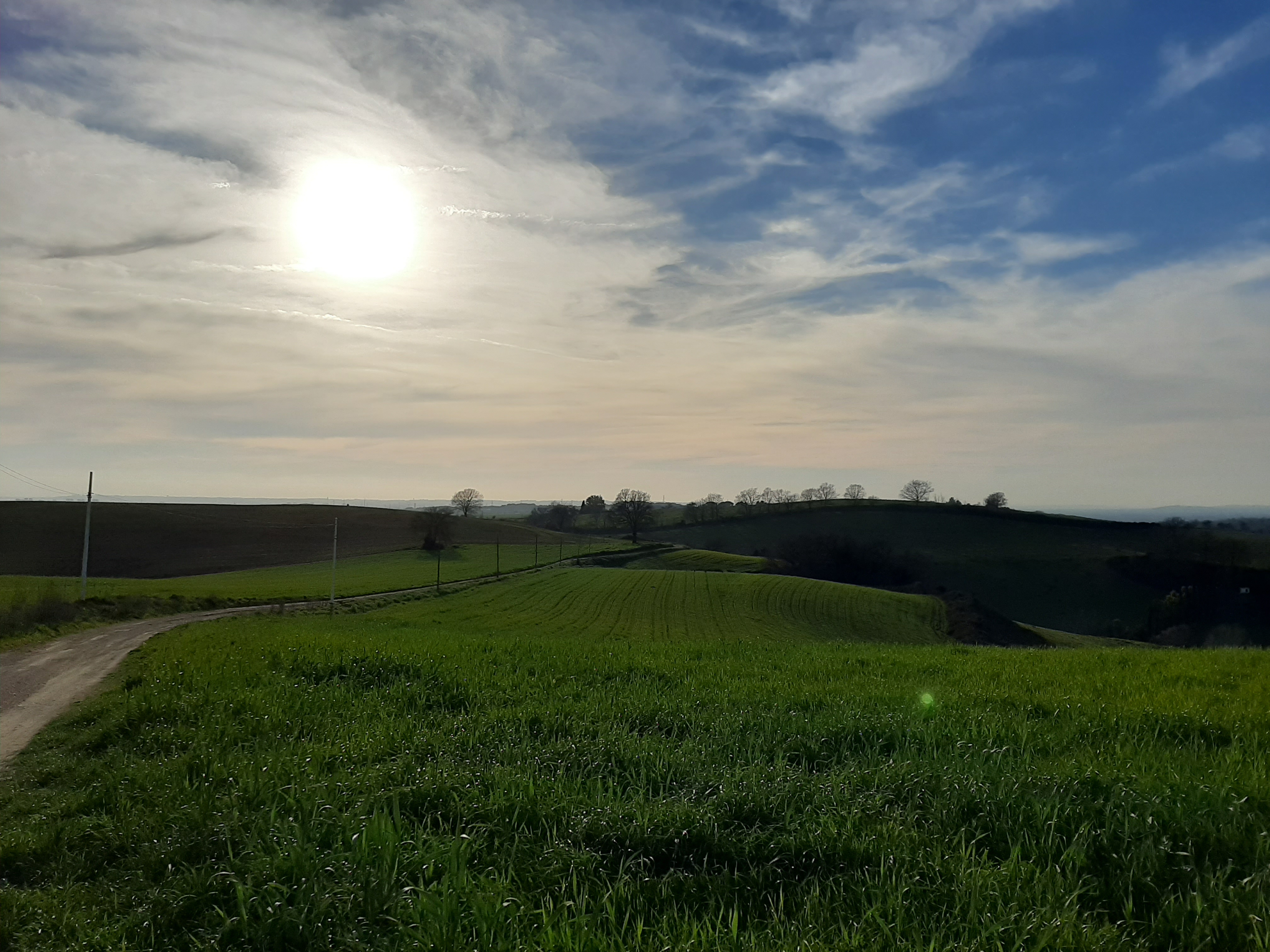
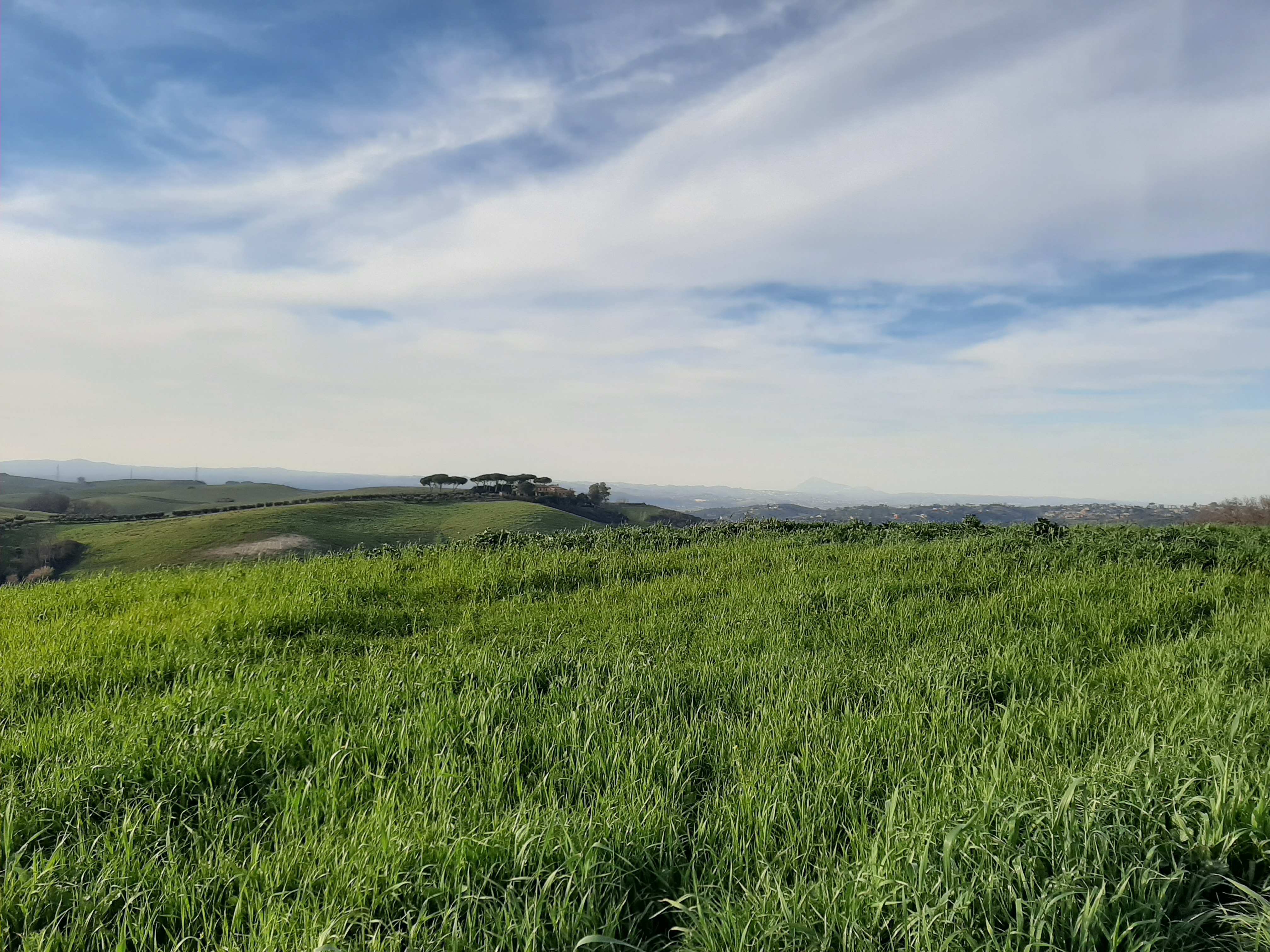
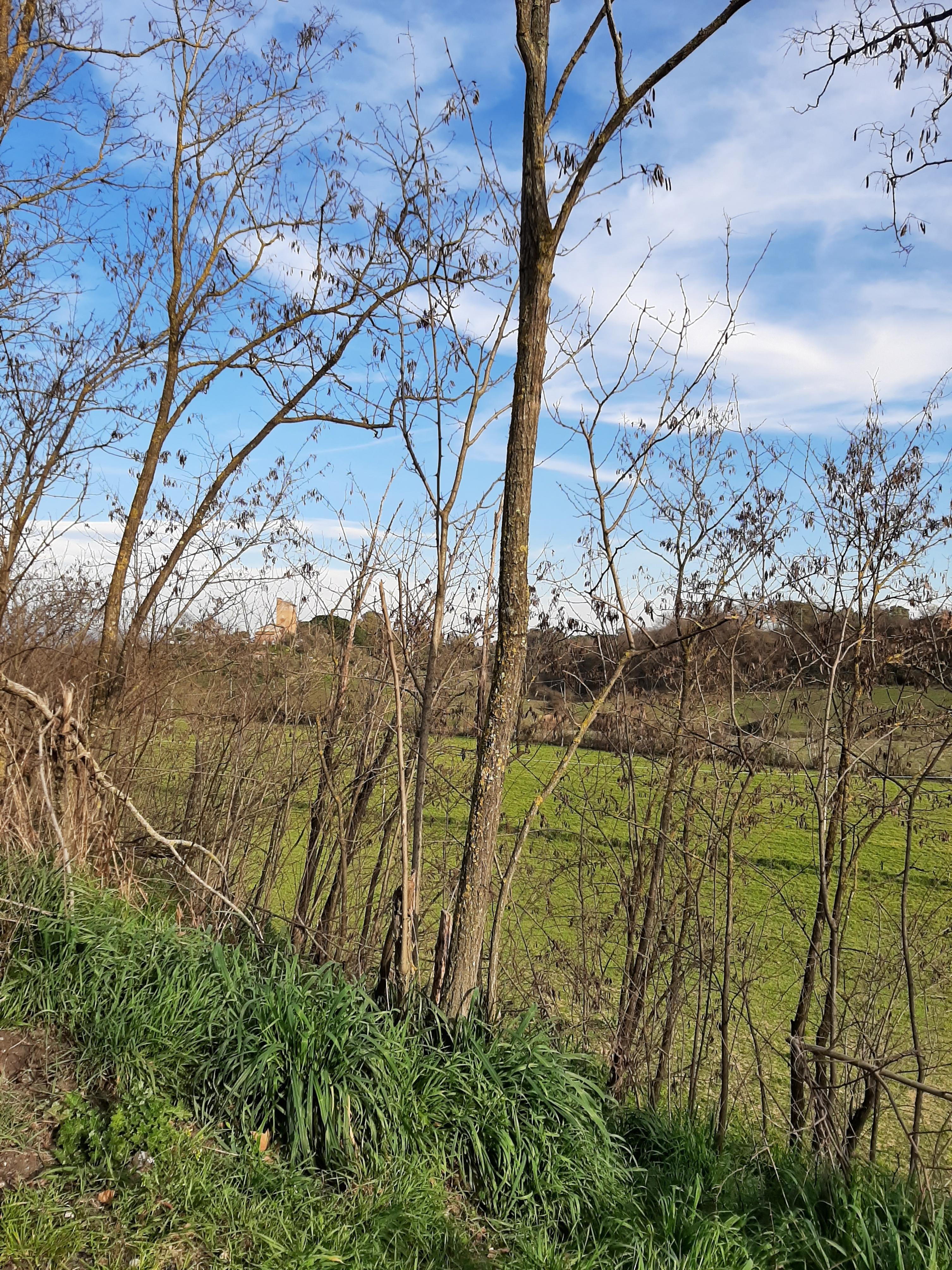
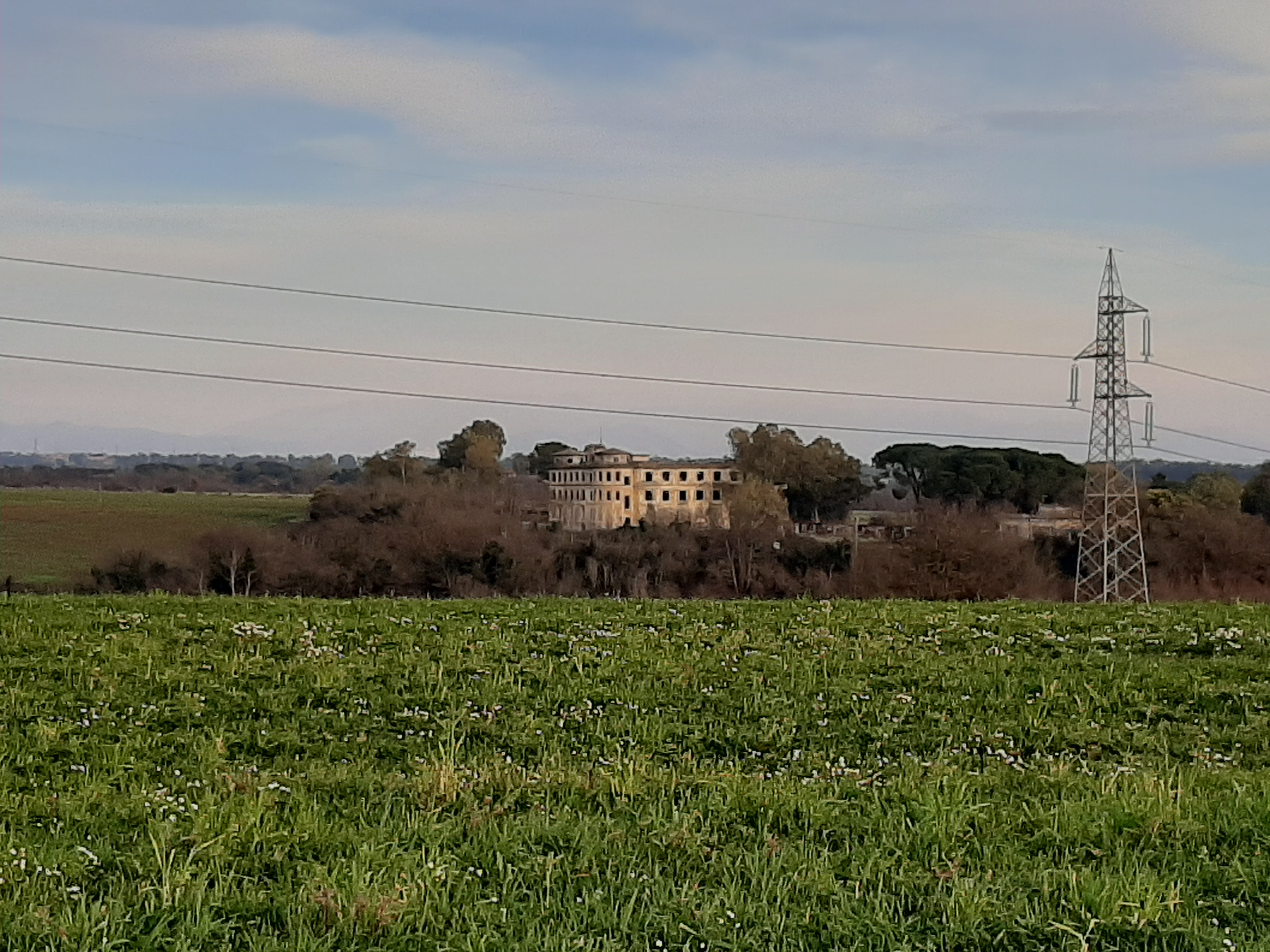
Monterotondo’s witch
Description
Entrance door to Sabina, when coming from Rome, Monterotondo is in the middle area between city and non-city which in time changed the features of the village, once independent from Rome.
Monterotondo was indeed an impotant center of the Orsini’s feud, a residence for the leisure time, testified by the beautiful palace, nowadays occupied by the townhall offices. The existence of the Palace is certified since the end of 1200, but the phase of major development was 1500, when Giacomo Orsini added a new pavilion to the existing building and secured the rich decoration of frescos still visible at the first floor of the building.
Yet while the mansion was being renewed, Monterotondo was the theatre of a terrible story was main character was Isabella, known as Bellezza (Beauty) who lives at the Orsini’s court in Monterotondo until the end of 1400. Bellezza is a witch, who spends all her life in Sabina, hunted by local authorities but well considered by the community that protects her, acknowledging her healing skills. Her life is not easy, she is exiled with other women supposed to be witches, but she goes on living in the surroundings until 1528 when she is suspected of causing a boy’s death, who was with her during a pilgrimage to Rome.
Bellezza is imprisoed in Fiano’s Rock that she attempts to escape, and she is brought to trial under the accusation of being a witch and a witchs’ teacher. Many witnesses accuse her; the woman, who seems familiar with reading and writing, admits owning the book with 180 pages that includes right and wrong. Therefore she is tortured, she admits her sins and finally seeks her death, stabbing herself in the throat with a nail. In her agony she is again brought in front of the judge, where she dies.
Monterotondo was indeed an impotant center of the Orsini’s feud, a residence for the leisure time, testified by the beautiful palace, nowadays occupied by the townhall offices. The existence of the Palace is certified since the end of 1200, but the phase of major development was 1500, when Giacomo Orsini added a new pavilion to the existing building and secured the rich decoration of frescos still visible at the first floor of the building.
Yet while the mansion was being renewed, Monterotondo was the theatre of a terrible story was main character was Isabella, known as Bellezza (Beauty) who lives at the Orsini’s court in Monterotondo until the end of 1400. Bellezza is a witch, who spends all her life in Sabina, hunted by local authorities but well considered by the community that protects her, acknowledging her healing skills. Her life is not easy, she is exiled with other women supposed to be witches, but she goes on living in the surroundings until 1528 when she is suspected of causing a boy’s death, who was with her during a pilgrimage to Rome.
Bellezza is imprisoed in Fiano’s Rock that she attempts to escape, and she is brought to trial under the accusation of being a witch and a witchs’ teacher. Many witnesses accuse her; the woman, who seems familiar with reading and writing, admits owning the book with 180 pages that includes right and wrong. Therefore she is tortured, she admits her sins and finally seeks her death, stabbing herself in the throat with a nail. In her agony she is again brought in front of the judge, where she dies.
GPS coordinates
Image(s)

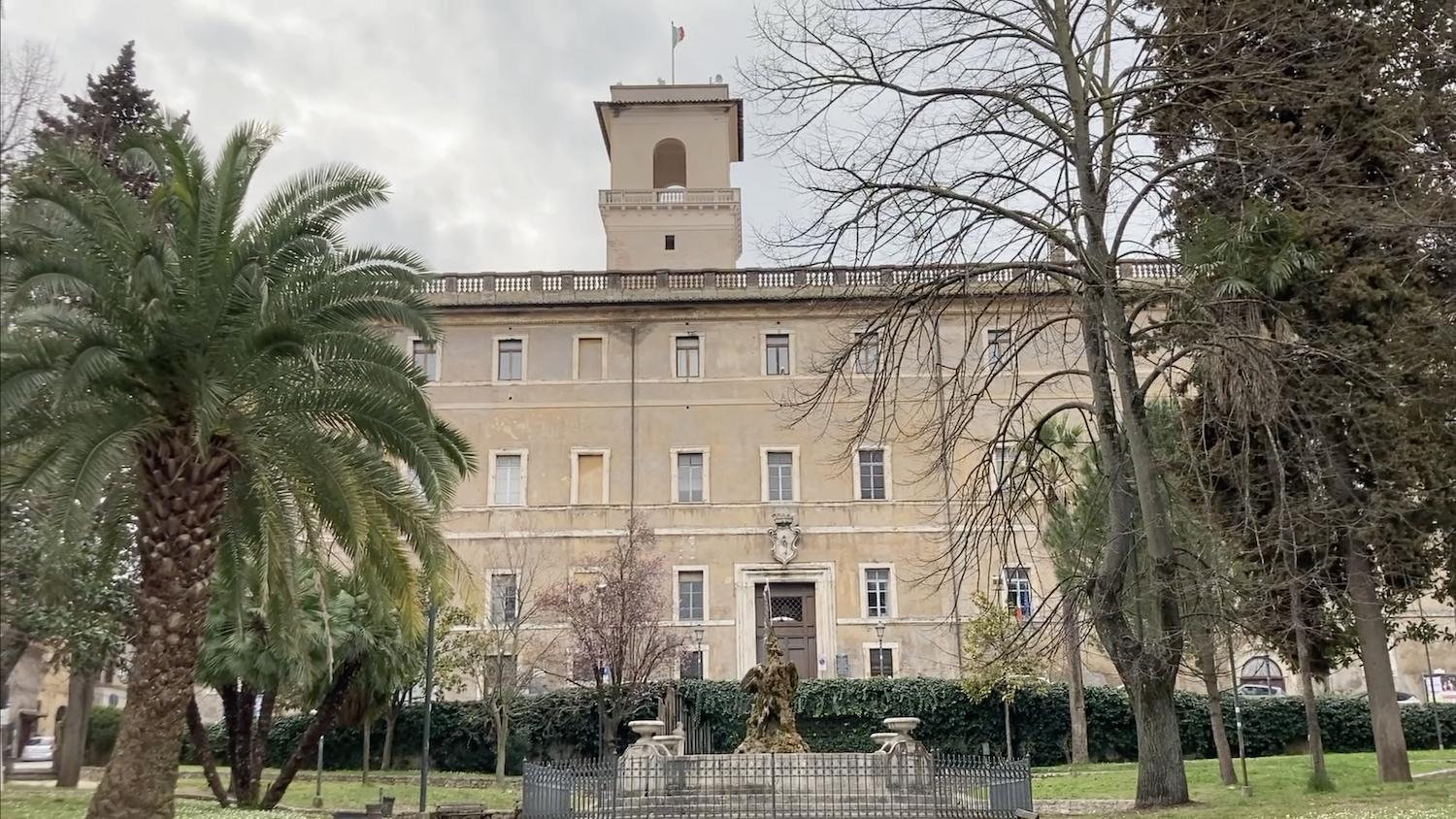


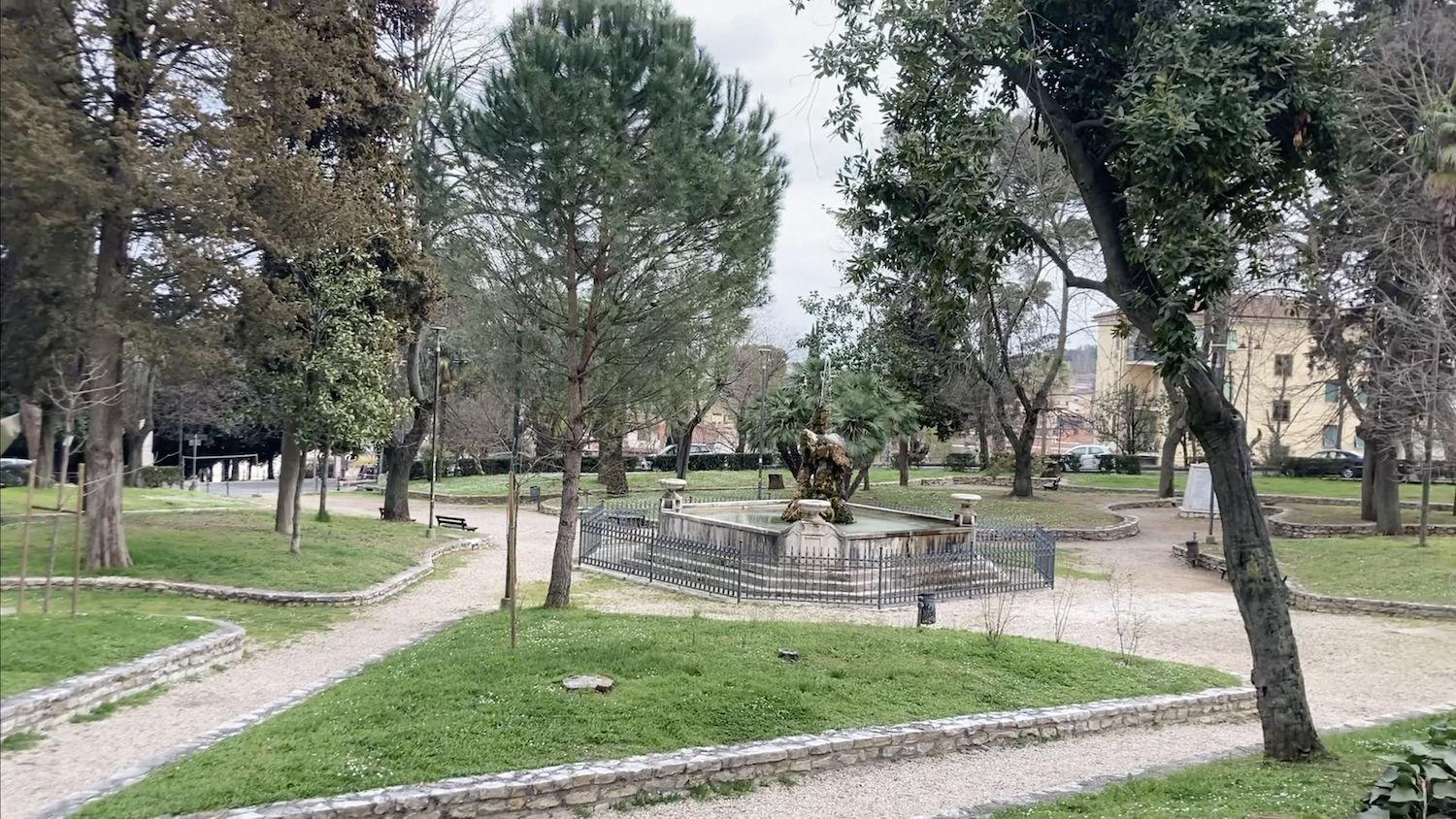
Featured video
Video caption
Video credits: Domenico Nucera. Music Credits: https://www.bensound.com/royalty-free-music
Lake Baccelli
GPS coordinates
Image(s)
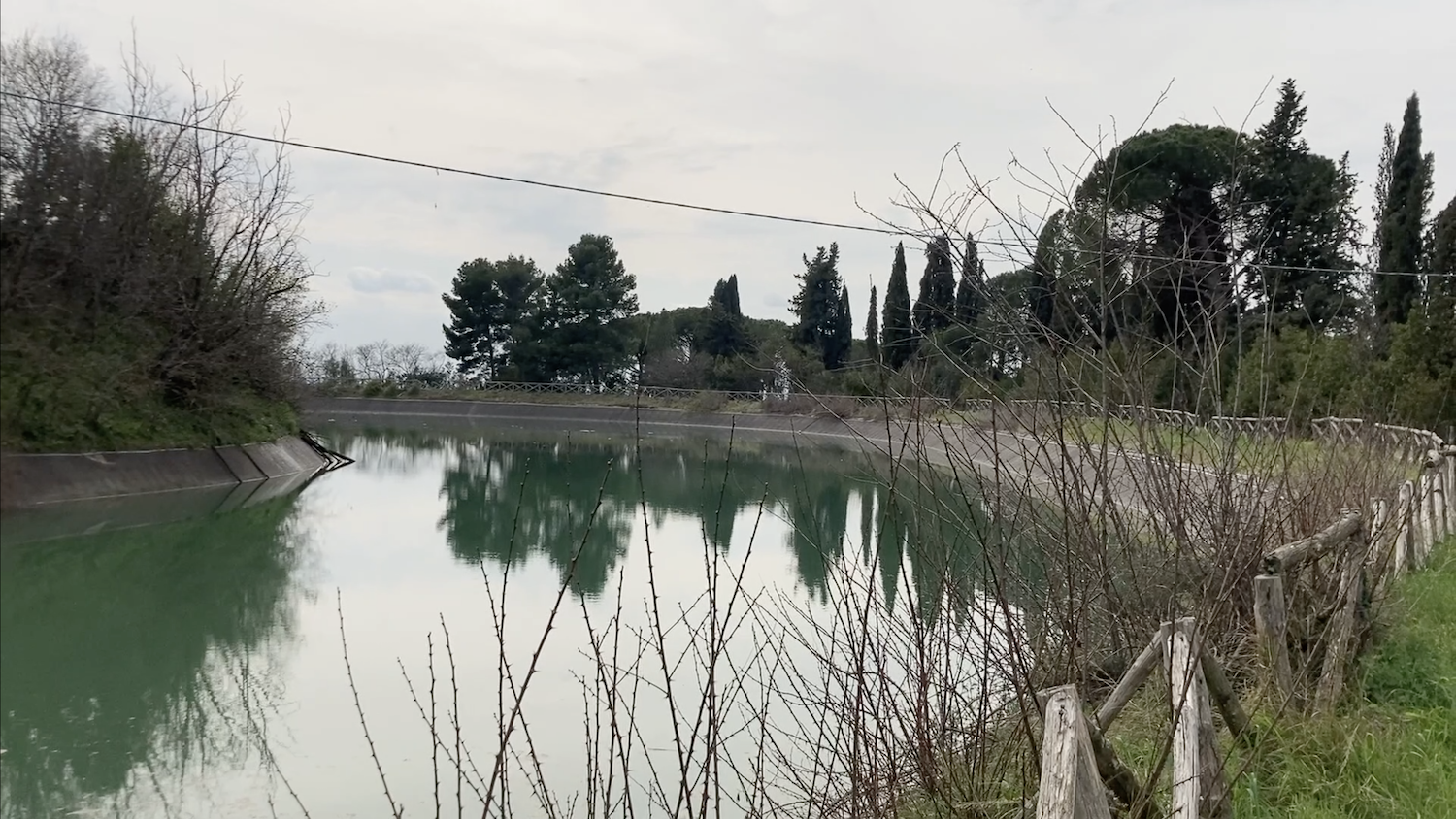
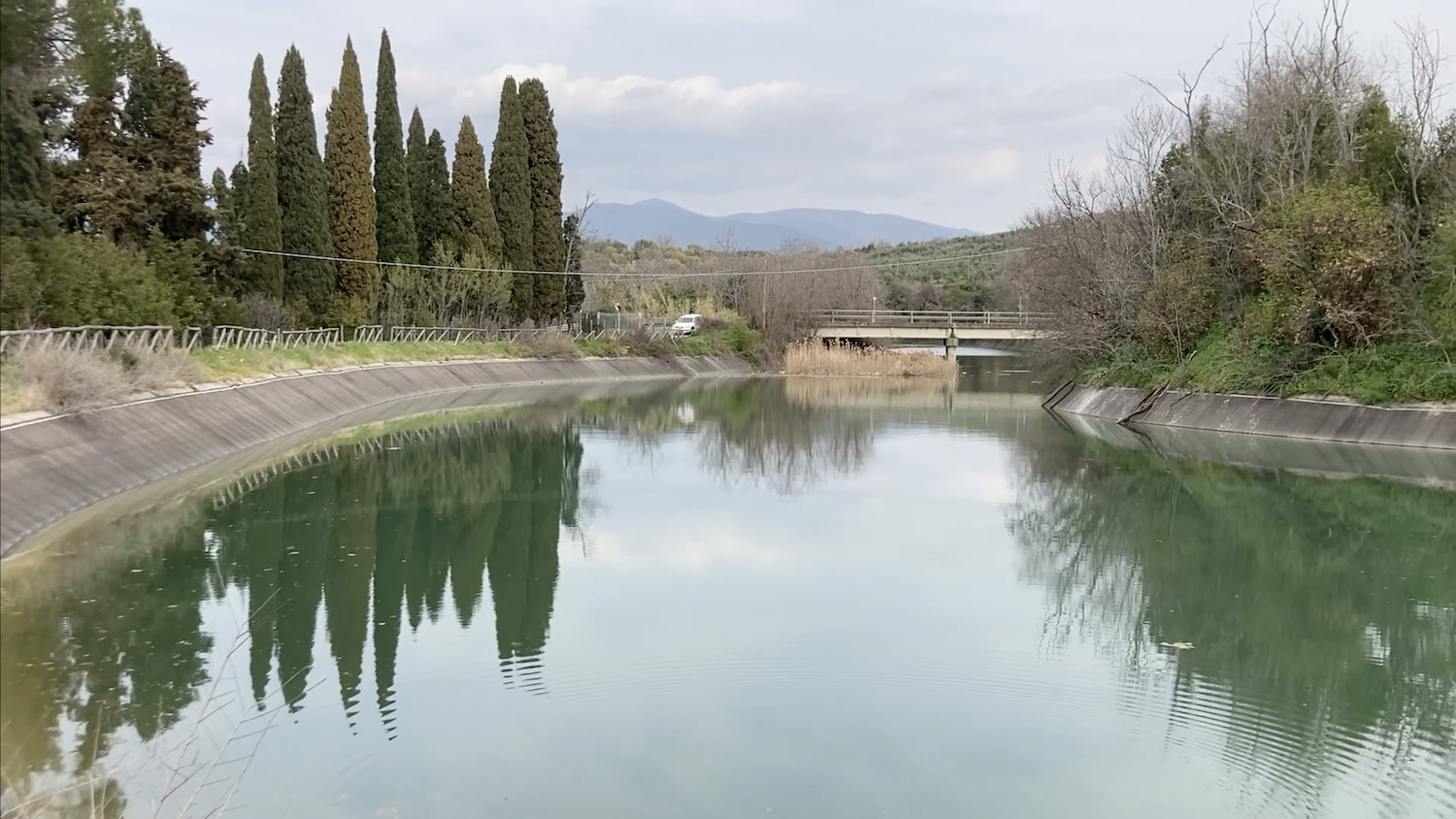
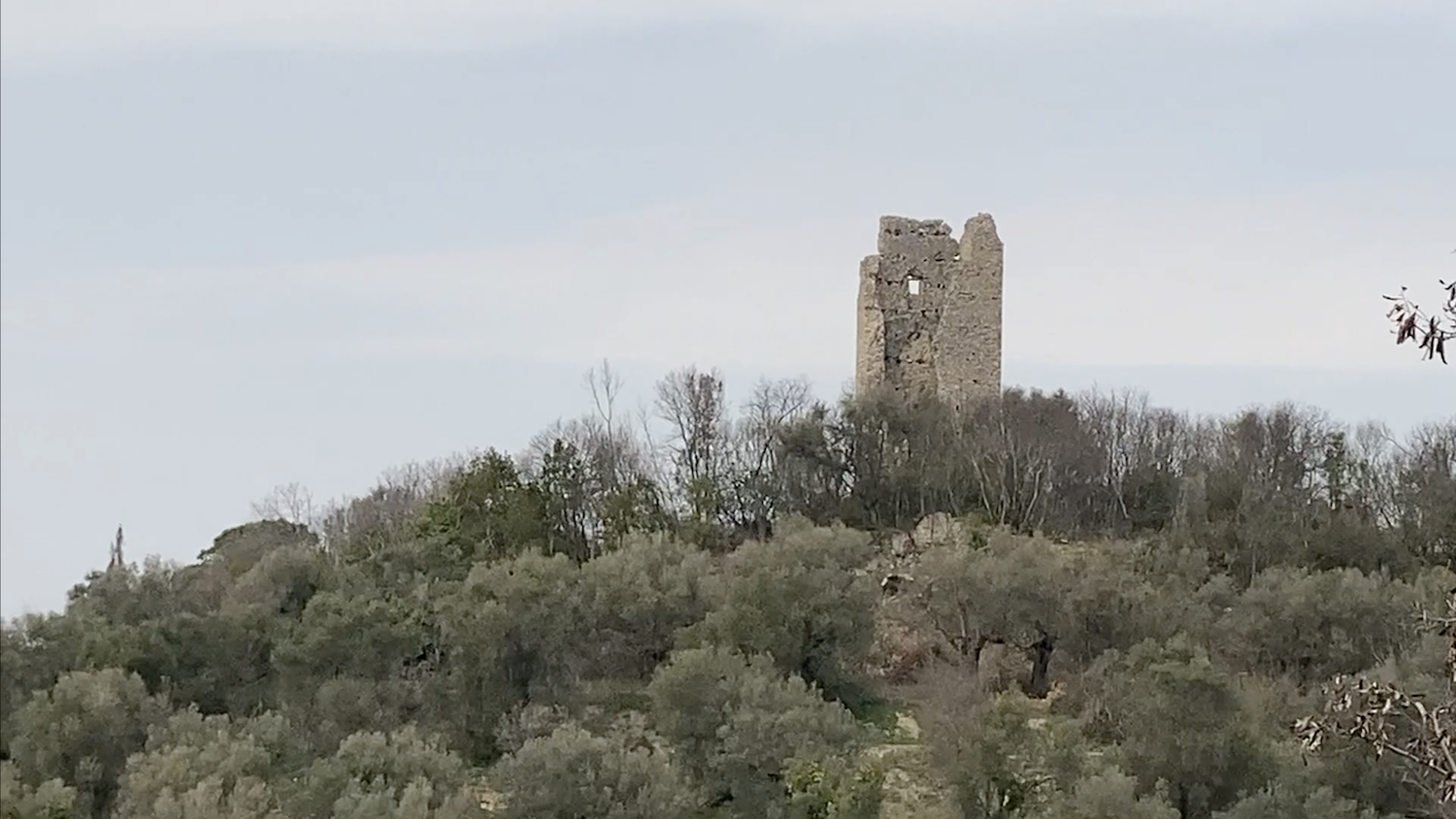
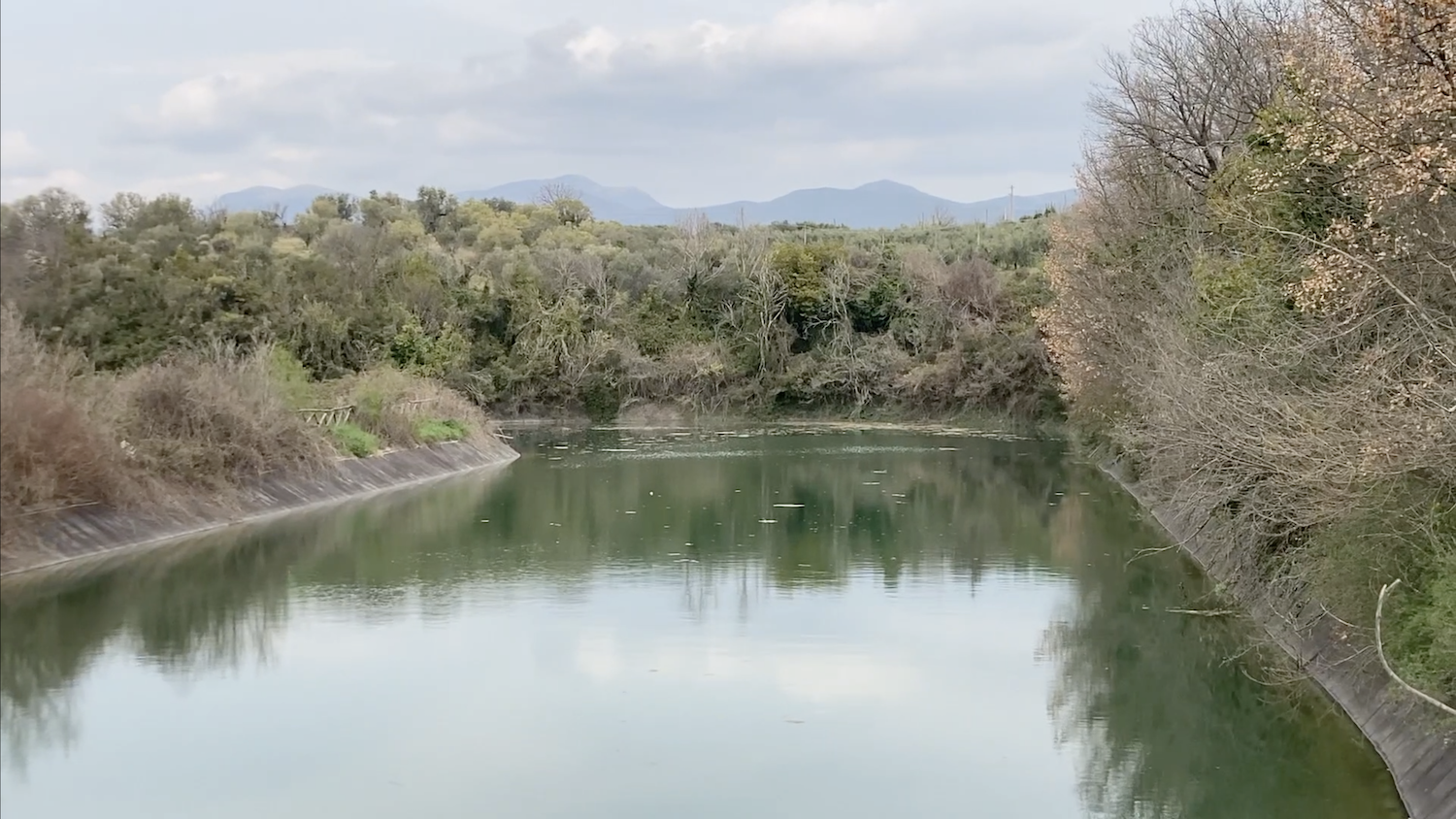
Featured video
Video caption
Video credits: Domenico Nucera. Aerial images: Google Map. Music Credits: https://www.bensound.com/royalty-free-music
Olivone
GPS coordinates
Image(s)
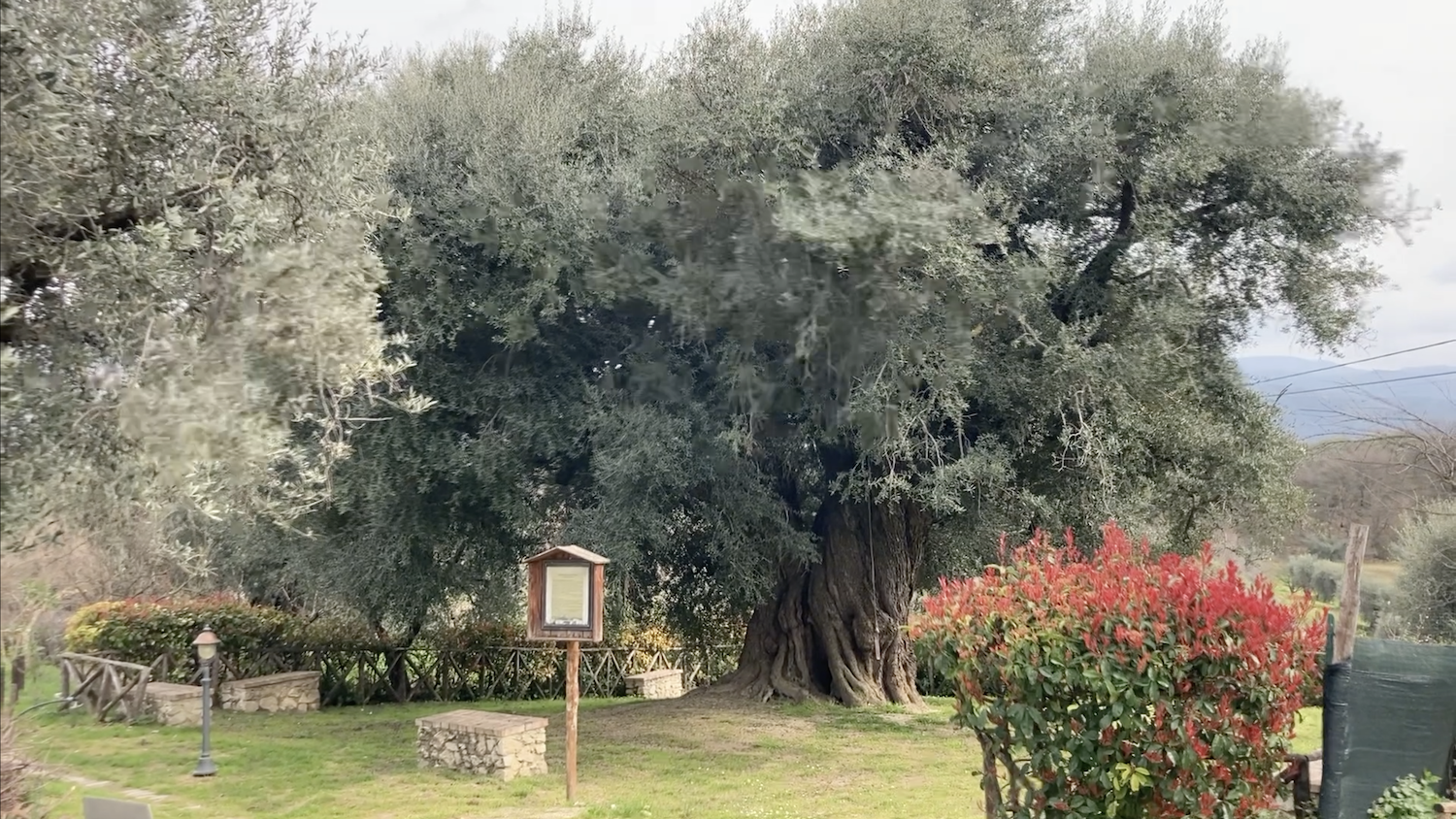


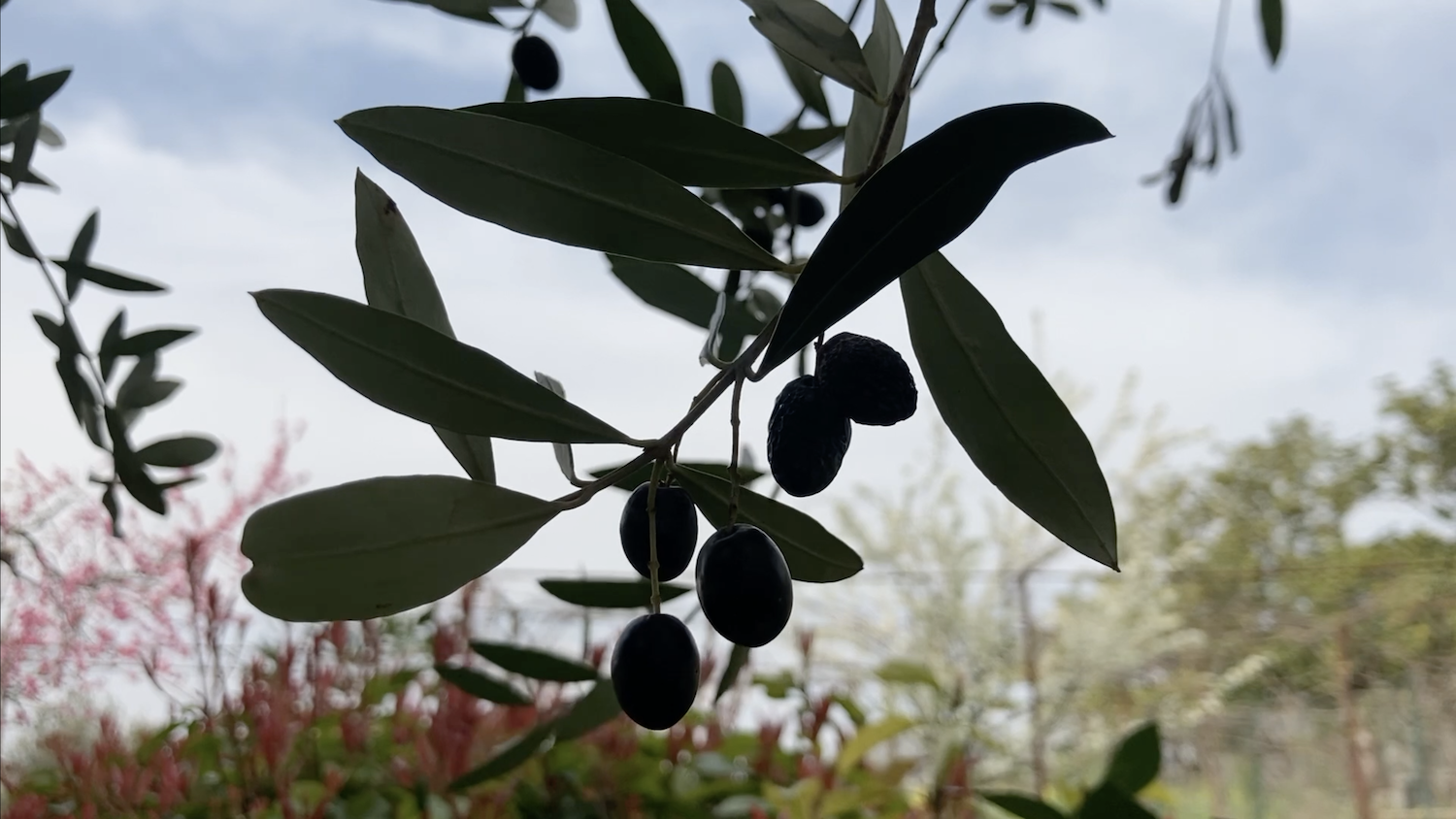
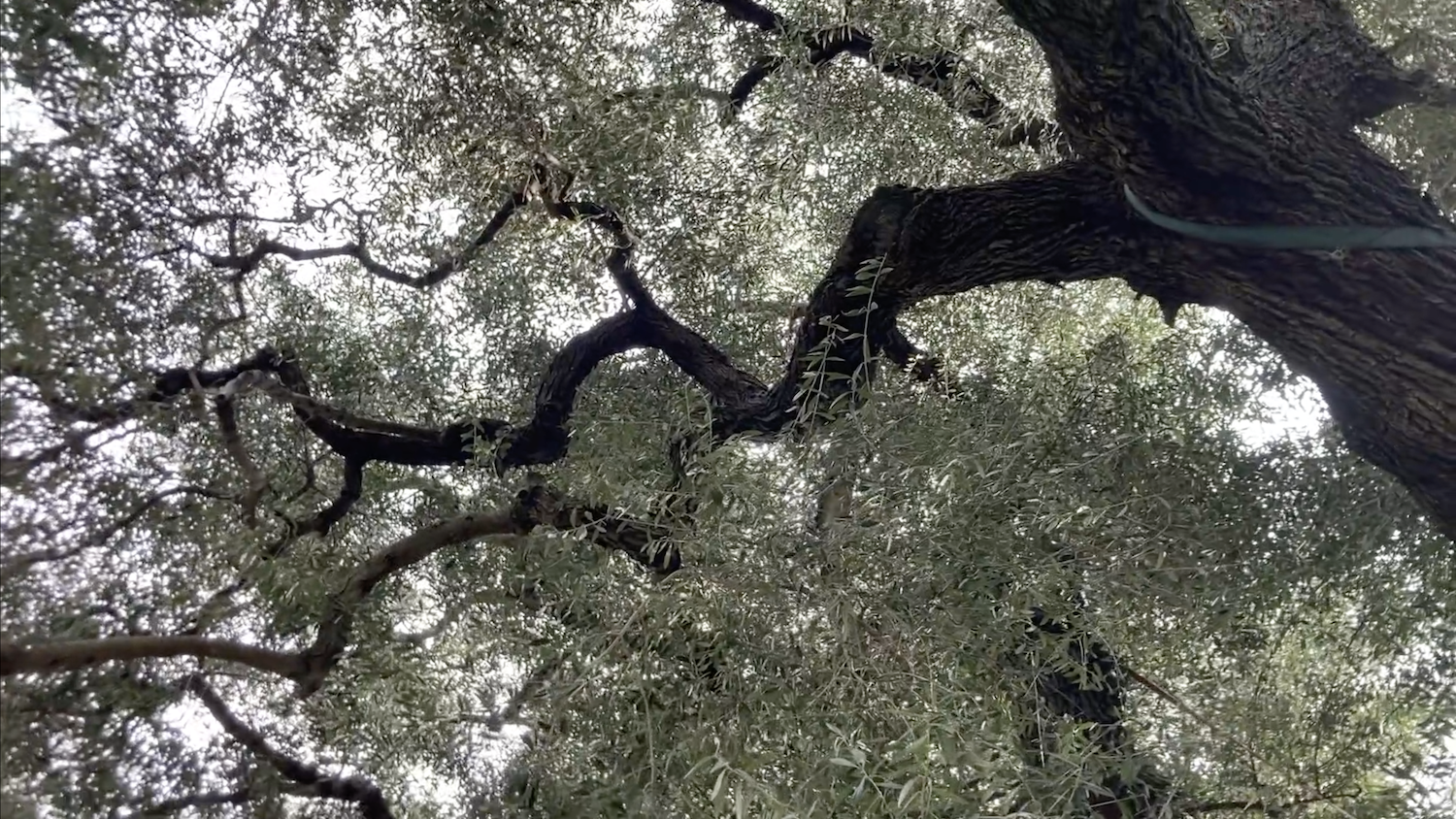
Featured video
Video caption
Video credits: Domenico Nucera. Music Credits: https://www.bensound.com/royalty-free-music
A romantic trip to Montopoli
Description
Montopoli is a Sabina village, well known for its oil and for the beautiful landscape it offers, almost uninterrupted for 360 degrees, from the panoramic terrace just in front of the Torre Ugonesca, constructed under the impulse of the Farfa’s abbot.
Many historical happenings took place in this charming village, yet its center can be visited along a romantic path.
The city council’s square, with its octagonal fountain, gives access to the maze of the center’s narrow streets through a roofed passage, nowadays enlightened by lively wall paintings, towards via san Bonaventura where a strange tile stands on top of an old door. The tile is divided into two squares: in one is inscribed a circle, the other contains another square, all divided in slices.
According to the local legend this is a love message of a chevalier leaving for a dangerous war adventure, maybe the Crusades. To his beloved, the chevalier leaves a lasting message that time, symbolized by the hourglass in the links field, will not change his love, eternal as the circle, in the right field, where one slide follows another as the 12 months follow one another in the course of the year.
From the town center it is possible to get back to via Roma by the “vicolo baciadonne”, the “kiss-the women alley”, a very narrow road where it is said quick love encounters took place during market days, when the Sabine’s men and women met.
Is it for such romantic stories that Montopoli is known as the “corsair village”?
Far from the seashore, not likely inhabited by pirates, it is not easy to understand why Montopoli should be known as corsair in the past and why this connotation survived until today, giving names to restaurants, bars and B&Bs. One of the many hypotheses seems to be more trustworthy: in old documents the village is often described as characterised by strong, armed men, ready to defend their own properties also by recurring to “cani corsi”, a kind of dogs bred for defense. It may be the company of such Molossian dogs that made Montopoli villagers be known as the Sabina’s corsairs.
Many historical happenings took place in this charming village, yet its center can be visited along a romantic path.
The city council’s square, with its octagonal fountain, gives access to the maze of the center’s narrow streets through a roofed passage, nowadays enlightened by lively wall paintings, towards via san Bonaventura where a strange tile stands on top of an old door. The tile is divided into two squares: in one is inscribed a circle, the other contains another square, all divided in slices.
According to the local legend this is a love message of a chevalier leaving for a dangerous war adventure, maybe the Crusades. To his beloved, the chevalier leaves a lasting message that time, symbolized by the hourglass in the links field, will not change his love, eternal as the circle, in the right field, where one slide follows another as the 12 months follow one another in the course of the year.
From the town center it is possible to get back to via Roma by the “vicolo baciadonne”, the “kiss-the women alley”, a very narrow road where it is said quick love encounters took place during market days, when the Sabine’s men and women met.
Is it for such romantic stories that Montopoli is known as the “corsair village”?
Far from the seashore, not likely inhabited by pirates, it is not easy to understand why Montopoli should be known as corsair in the past and why this connotation survived until today, giving names to restaurants, bars and B&Bs. One of the many hypotheses seems to be more trustworthy: in old documents the village is often described as characterised by strong, armed men, ready to defend their own properties also by recurring to “cani corsi”, a kind of dogs bred for defense. It may be the company of such Molossian dogs that made Montopoli villagers be known as the Sabina’s corsairs.
GPS coordinates
Image(s)
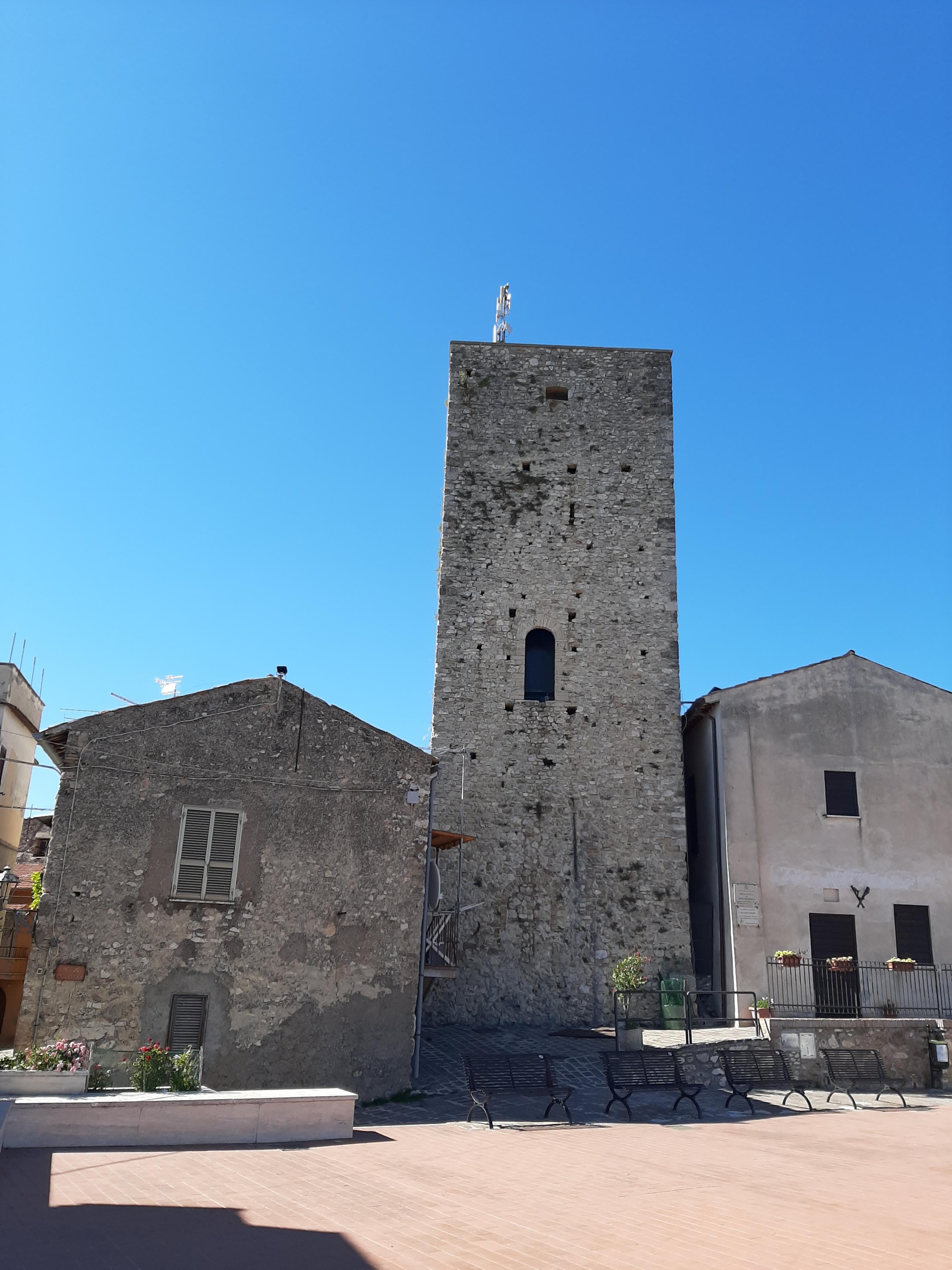
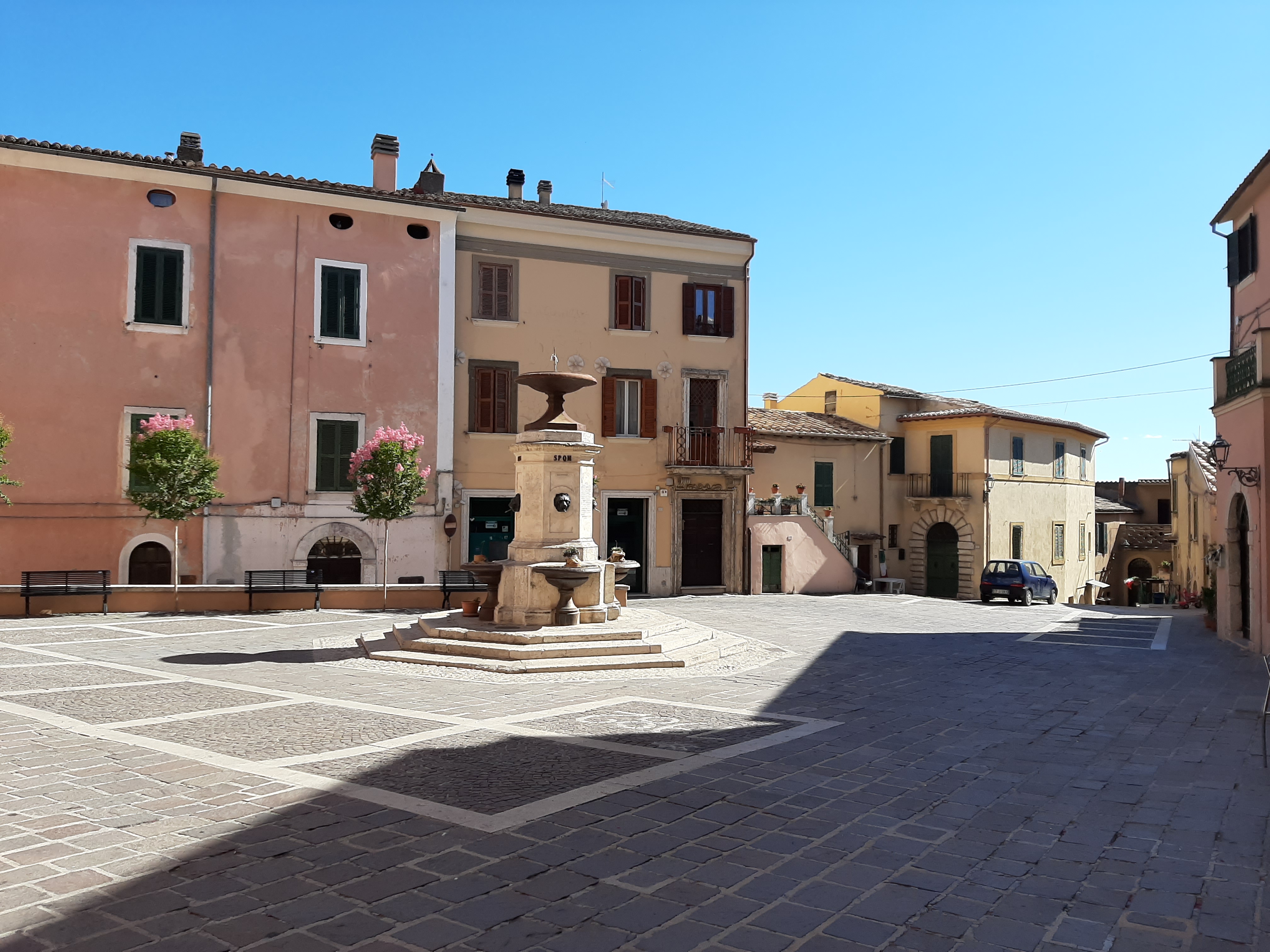
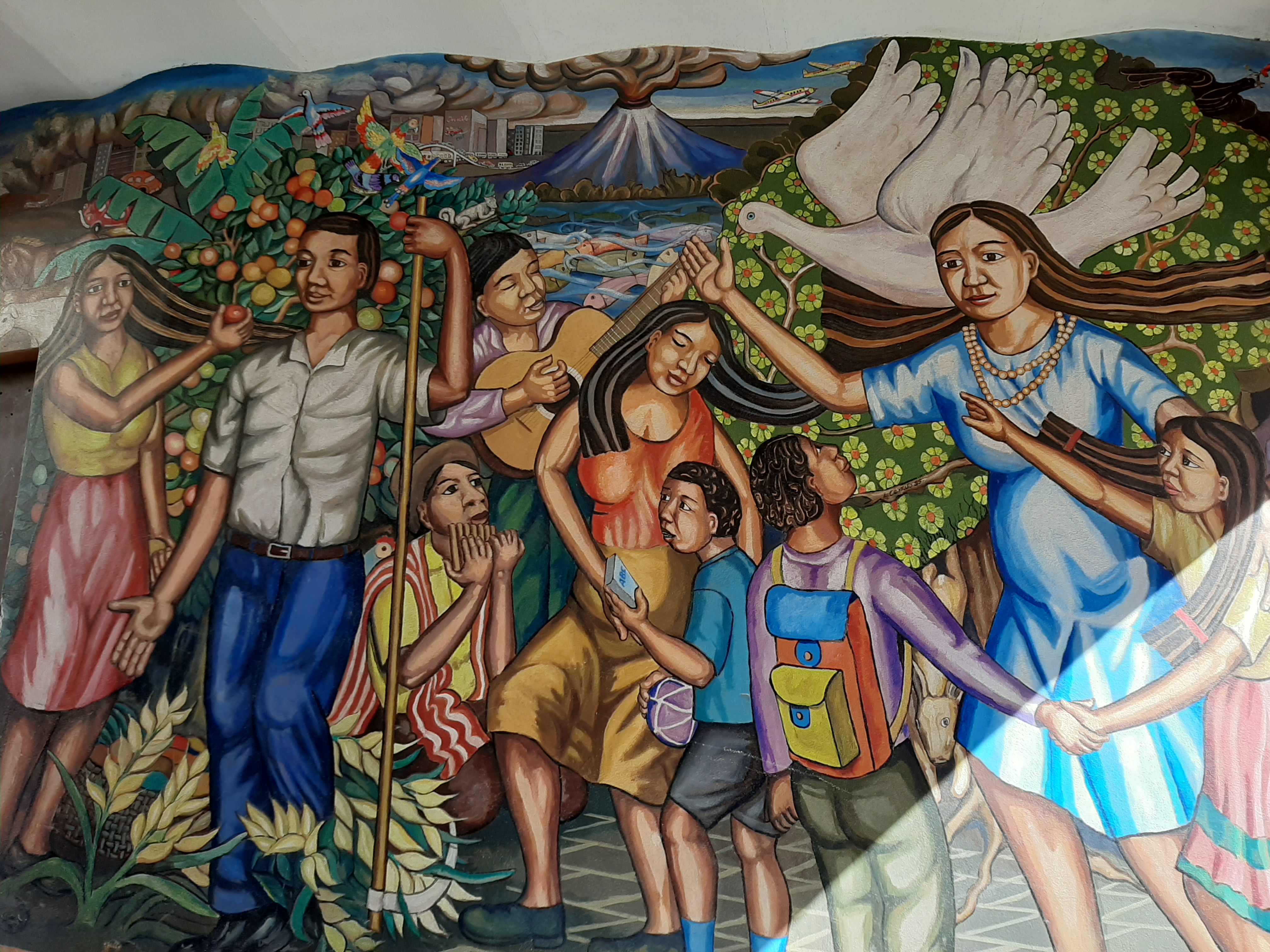
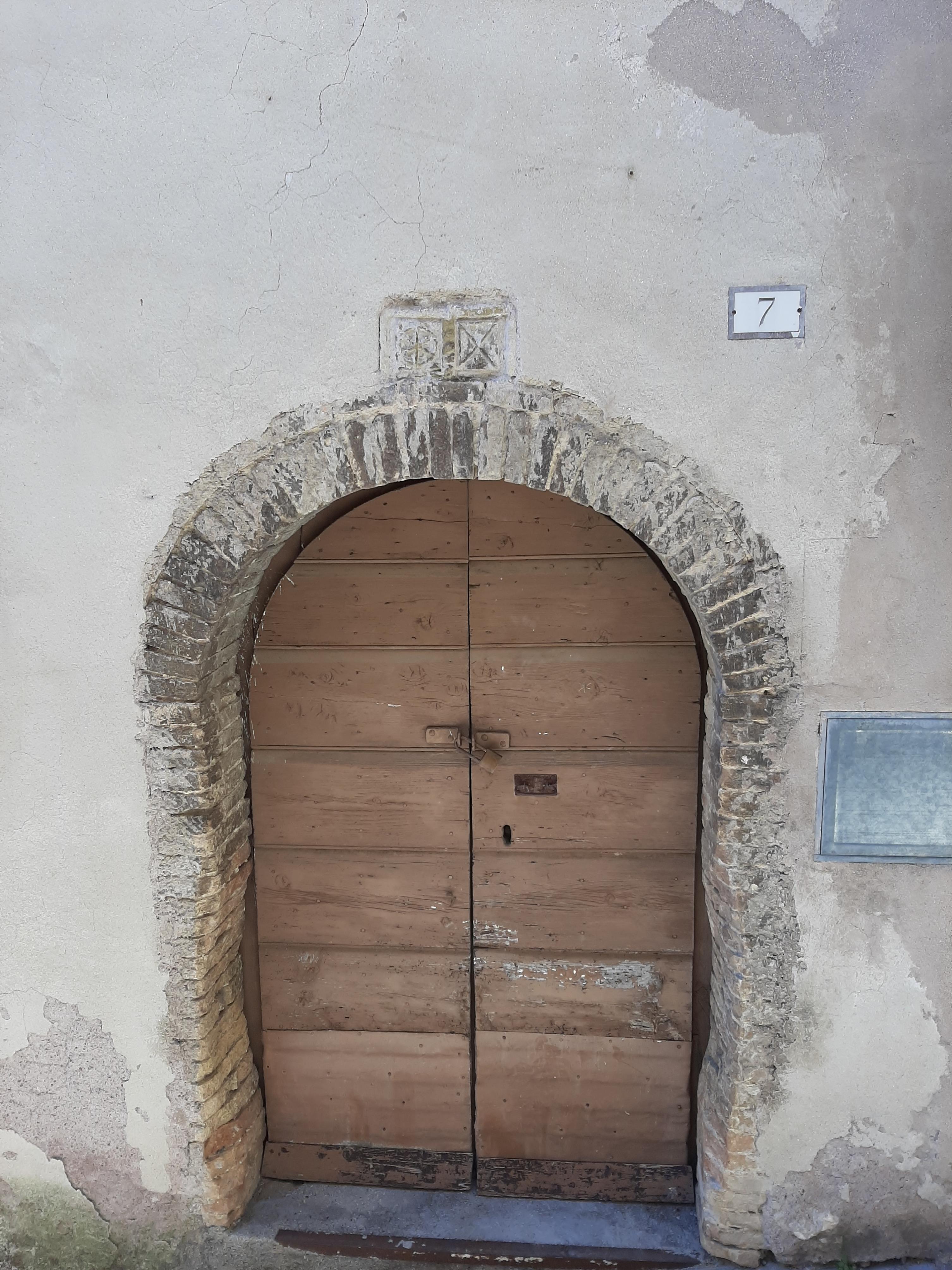
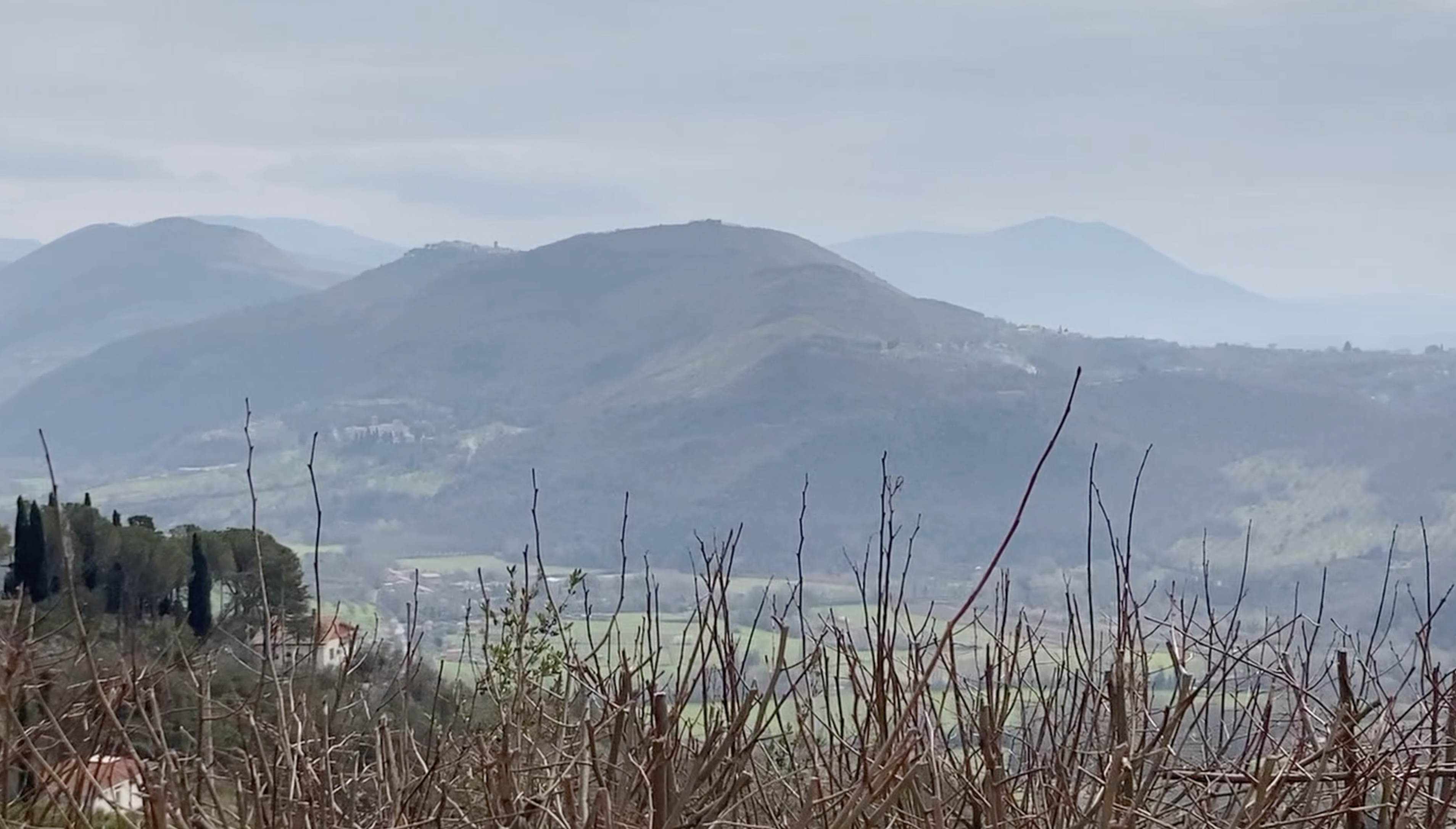
Featured video
Video caption
Video credits: Domenico Nucera. Music Credits: https://www.bensound.com/royalty-free-music
St Adam in Cantalupo
Description
Shortly before arriving to Cantalupo village, visitors find, just off the State Road to Passo Corese, St. Adam’s small church. The church, recently restored, is often closed but through the small windows it is possible to get a glimpse of the apse’s fresco with its succession of saints.
The first on the left is Adam, a blessed promoted by popular devotion to the higher rank of saint.
The no longer clear painting depicts the saint in a strange posture, as he holds in his hand a horse’s paw. According to the tradition, one day Adam, seeing a carter struggling along the steep slide that leads to the village, hurried to help him and started pulling the cart.
The animal di not appreciate such help and hit Adam with a kick on his forehead, throwing him to the floor senseless. The owner of the mule, ashamed for his animal’s behaviour, took a spade and chopped off the animal’s paw.
The poor mule would have died from bleeding, if Adam, just recovered from fainting, had not been moved by the sight of the mutilated animal and decided to intervene. He got hold of the bleeding stump and attached it back to its body, while reassuring the animal with sweet words. The animal was miraculously and immediately healed and the Adam’s popularity grew instantly and quickly spread over the Sabina’s border. Adam became then the patron of domesticated animals, threatening the popularity of St. Anthony Abbot.
The first on the left is Adam, a blessed promoted by popular devotion to the higher rank of saint.
The no longer clear painting depicts the saint in a strange posture, as he holds in his hand a horse’s paw. According to the tradition, one day Adam, seeing a carter struggling along the steep slide that leads to the village, hurried to help him and started pulling the cart.
The animal di not appreciate such help and hit Adam with a kick on his forehead, throwing him to the floor senseless. The owner of the mule, ashamed for his animal’s behaviour, took a spade and chopped off the animal’s paw.
The poor mule would have died from bleeding, if Adam, just recovered from fainting, had not been moved by the sight of the mutilated animal and decided to intervene. He got hold of the bleeding stump and attached it back to its body, while reassuring the animal with sweet words. The animal was miraculously and immediately healed and the Adam’s popularity grew instantly and quickly spread over the Sabina’s border. Adam became then the patron of domesticated animals, threatening the popularity of St. Anthony Abbot.
GPS coordinates
Image(s)


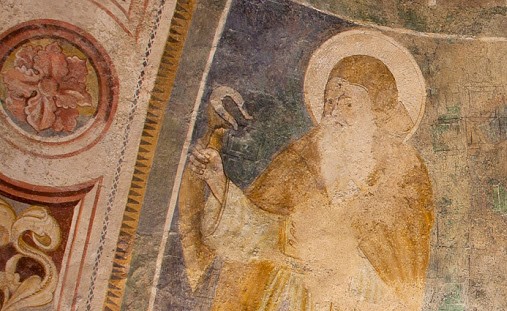
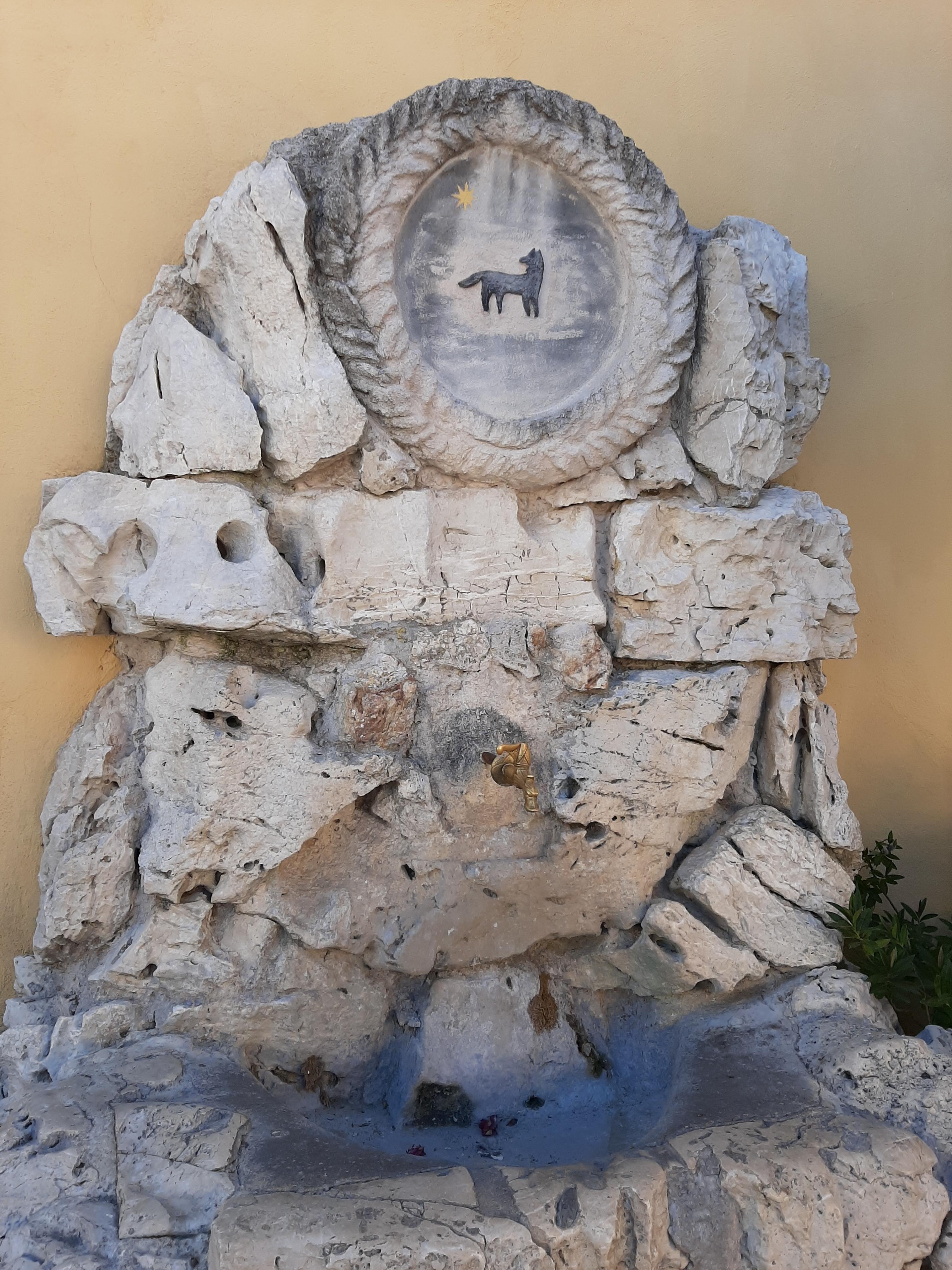
Featured video
Video caption
Video credits: Domenico Nucera. Music Credits: https://www.bensound.com/royalty-free-music
A lady architect in Poggio Mirteto
Description
In 2019 Melania Mazzucco published “L’architettrice”, the novel which tells and celebrated the life and works of Plautilla Bricci, a Roman lady artist, slightly younger than Bernini and Borromini, whose very interesting story has never been known by the general public, even if very outstanding works of her are still visible in Rome’s town center.
Even in churches where her contribution is very relevant, her name was hidden or forgotten. Examples of this oblivion is the chapel that she designed and realized in San Luigi dei Francesi, just few meters away from the very celebrated Caravaggio’s chapel, and of the altarpiece in the Artists’ Church in piazza del Popolo, where the restauration of 2016 brought to the light a autograph signature by the same Plautilla.
This polyhedric artist, who was active in architecture, painting and tapestry left a work also in the church dedicated to St. John the Baptist in Poggio Mirteto. Melania Mazzucco dedicates to this work a short paragraph at the end of her novel: “Celebrity vanishes like smoke, names are forgotten and become pure sounds. But they remain, on faded and damaged papers that somebody will sooner or later read. Maybe per chance, while chasing the truth of another story, of another artist, of another daughter. And that female name, now rare and out of fashion but intimately roman, referred to architecture will stay in her mind, lastingly. She will want to write about other things and she will, ma she will not be able to forget her and she will start to look for her, ringing the doorbell of Villa Medici’s gate on a spring morning, […] in the deposits of museum where her paintings sleep as they are no loner considered beautiful or they have never been o they have been without anybody understanding it, in the churches or a village on the a step hill in Sabina”.
In Poggio Mirteto is the processional standard created by Plautilla Bricci in occasion of the Holy Year of 1675. This shows on one side St. John’s the Baptist Birth and on the other side his beheading. Standards were mainly used to accompany the last walk of prisoners condemned to death towards the gallows, therefore the choice of showing on the two sides of the standard the Saint’s birth and death seems very appropriate.
Even in churches where her contribution is very relevant, her name was hidden or forgotten. Examples of this oblivion is the chapel that she designed and realized in San Luigi dei Francesi, just few meters away from the very celebrated Caravaggio’s chapel, and of the altarpiece in the Artists’ Church in piazza del Popolo, where the restauration of 2016 brought to the light a autograph signature by the same Plautilla.
This polyhedric artist, who was active in architecture, painting and tapestry left a work also in the church dedicated to St. John the Baptist in Poggio Mirteto. Melania Mazzucco dedicates to this work a short paragraph at the end of her novel: “Celebrity vanishes like smoke, names are forgotten and become pure sounds. But they remain, on faded and damaged papers that somebody will sooner or later read. Maybe per chance, while chasing the truth of another story, of another artist, of another daughter. And that female name, now rare and out of fashion but intimately roman, referred to architecture will stay in her mind, lastingly. She will want to write about other things and she will, ma she will not be able to forget her and she will start to look for her, ringing the doorbell of Villa Medici’s gate on a spring morning, […] in the deposits of museum where her paintings sleep as they are no loner considered beautiful or they have never been o they have been without anybody understanding it, in the churches or a village on the a step hill in Sabina”.
In Poggio Mirteto is the processional standard created by Plautilla Bricci in occasion of the Holy Year of 1675. This shows on one side St. John’s the Baptist Birth and on the other side his beheading. Standards were mainly used to accompany the last walk of prisoners condemned to death towards the gallows, therefore the choice of showing on the two sides of the standard the Saint’s birth and death seems very appropriate.
GPS coordinates
Image(s)


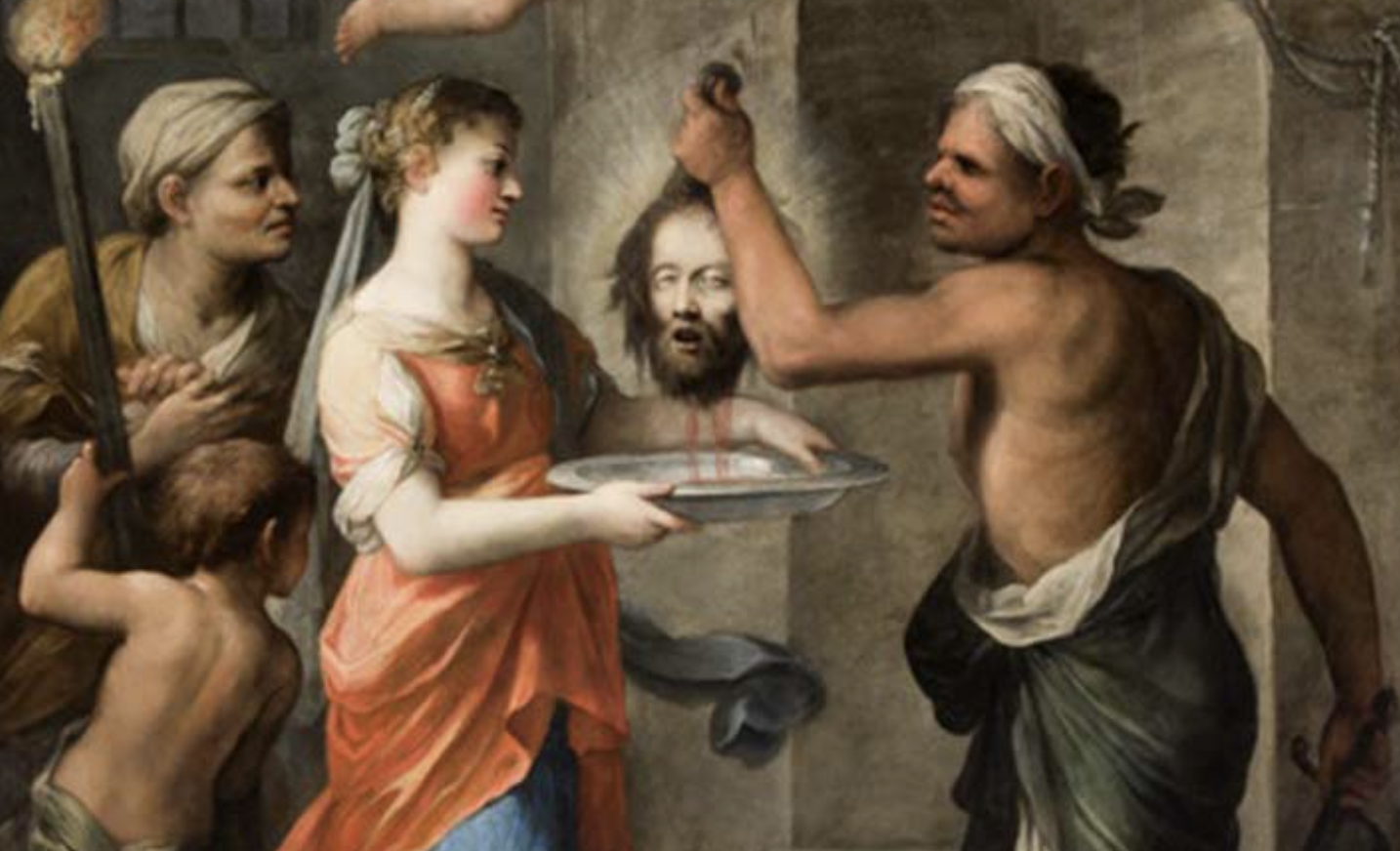
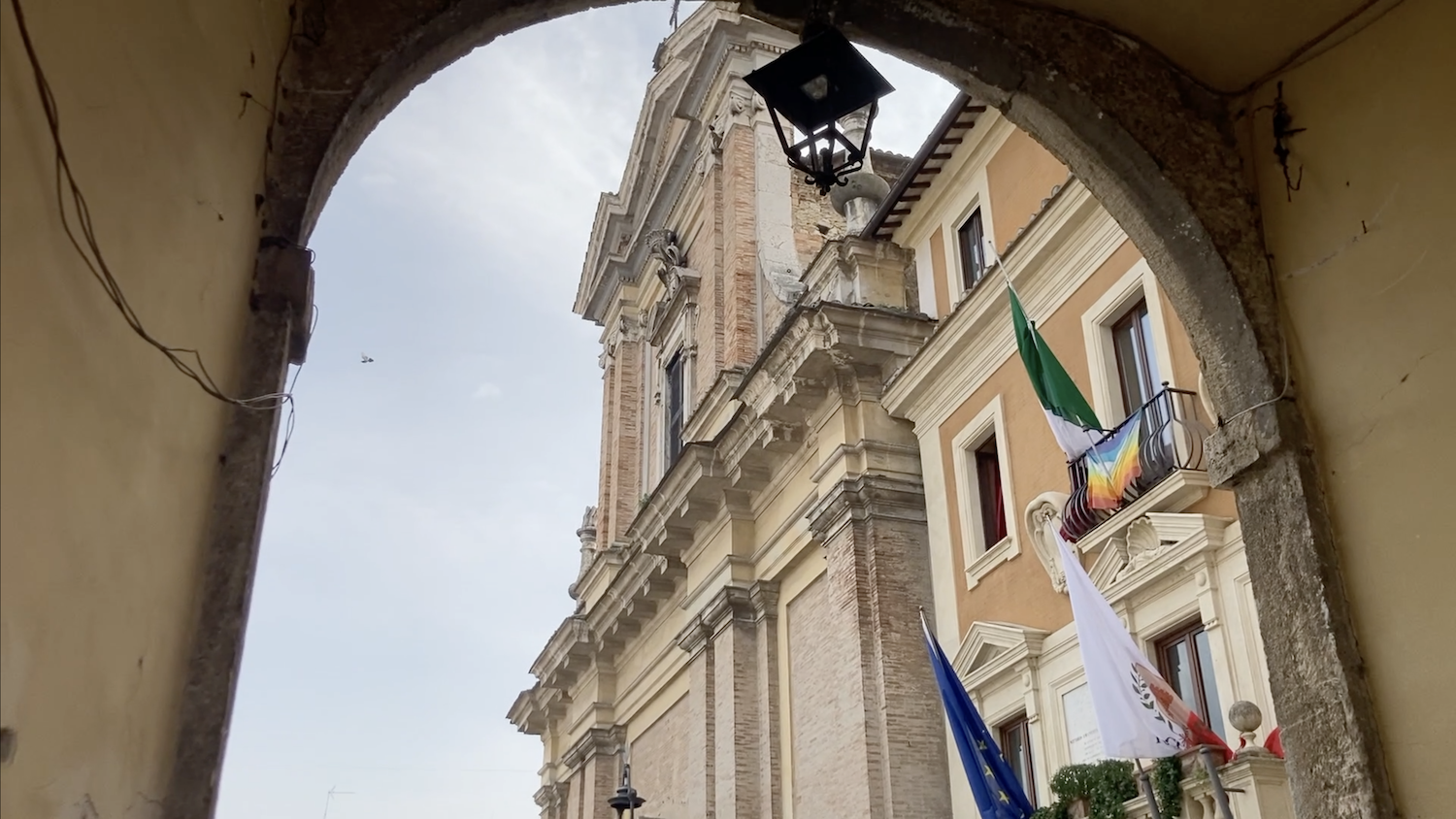

Featured video
Video caption
Video credits: Domenico Nucera. Music credits: https://www.bensound.com/royalty-free-music
Toffia village divided
GPS coordinates
Image(s)

